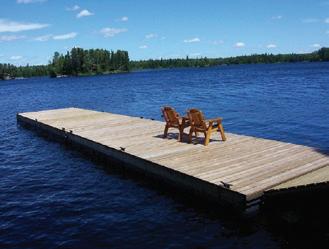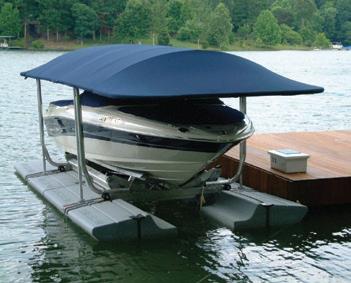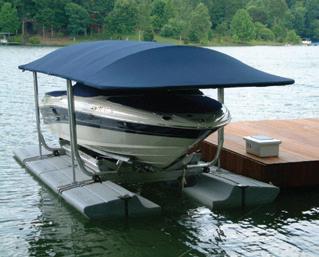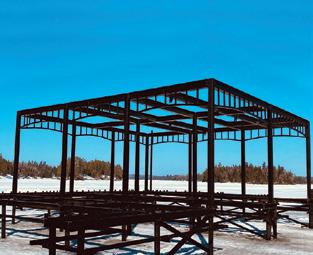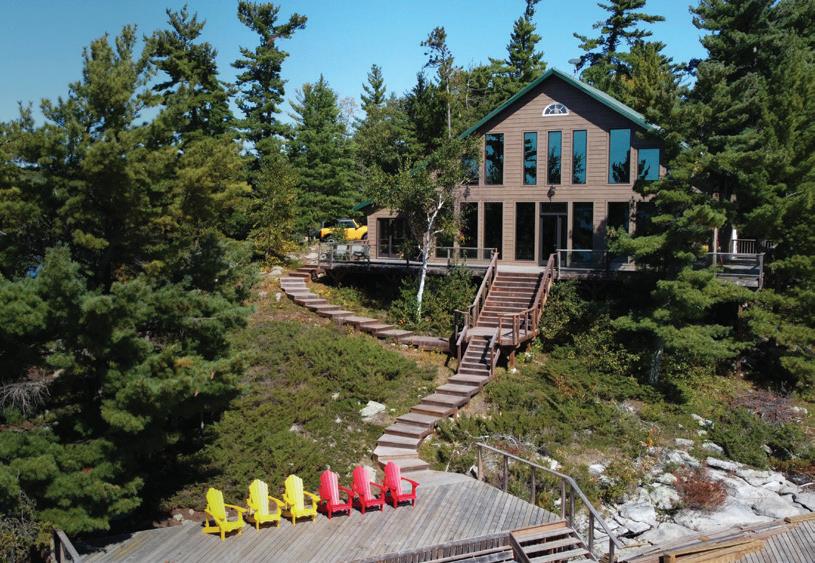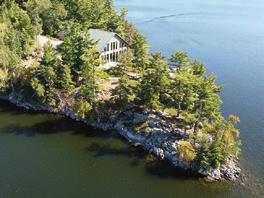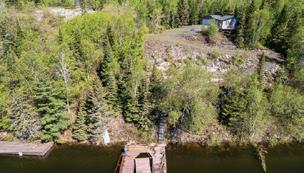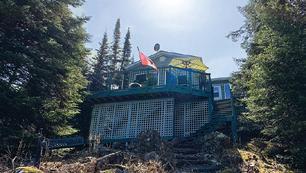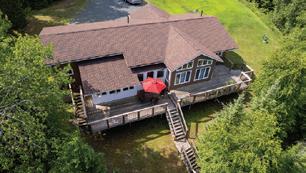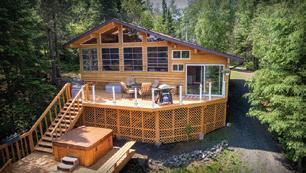




Notes from Razberry Lane: Good fences make good neighbours 50

Member recipe: Quick and easy fridge pickles 52
54 Liking
A bizarre and beautiful world by Jacob Rodenburg
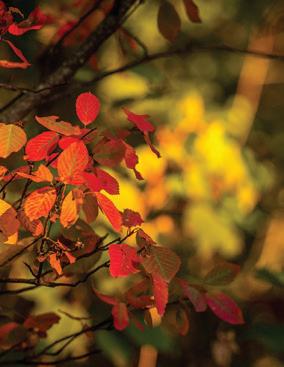
60


Wow! That was fast! As is said, time sure flies when you are having fun and there’s nothing like summer fun! It seemed like just yesterday that we were diligently planning for our Celebrate Lake Life. It came and went in a flourish.
Congratulations to Brie McCardle, our Environmental Program Coordinator, and her very capable LakeSmart team of Luc Boucha, Tessa Penner and Mimi Mastromatteo. All have represented LOWDSA in a very professional manner.
Our Celebrate Lake Life on June 24 was not only a lot of fun but also a big success. We were a little nervous as we approached our big day; but, once the vendors began setting up their displays and the first of many visitors began exploring the booths, we knew that our dream was real. Thank you to the LOWDSA staff (Ashley, Alena, Brie), the LakeSmart team, all LOWDSA’s Directors and the many, many vendors and presenters who supported our Celebration. Lastly, a special thanks goes to the City of Kenora for their support and for providing us with the use of the Jarnel Contracting Pavilion. We are proud of our partnership.
We were also very fortunate to have Terry Rees, the Executive Director of the Federation of Ontario Cottagers’ Association, visit us for our Celebrate Lake Life. FOCA is centred in Peterborough where it represents 50,000 members from 525 different lake, road and resident associations from across Ontario. Just as LOWDSA celebrated its 60th anniversary last year, 2023 is FOCA’s 60th as well. We offer congratulations as FOCA continues its important dedication to protect the sustainability of Ontario waterfronts, waterways and freshwater resources. Thank you to Terry for sharing in our very first Celebrate Lake Life. It was an honour and pleasure to have him with us. Terry’s expertise and positive outlook were very much appreciated.

In 2022, FOCA commissioned a report investigating the economic impacts of waterfront property owners on the Ontario economy. Here’s what Northwest Ontario contributes:
For every 10 waterfront properties located in a community on average, they will create 6.3 jobs in the Province of Ontario. On average 5.4 of those jobs will be in the community where the waterfront property is located. It is estimated that in Northwest Ontario there are 19,903 properties with a total annual spending of $92,000,000. That is a considerable sum.
Drone pilots must follow the Canadian Aviation Regulations, which can be found at Transport Canada’s Aviation Safety website: tc.canada.ca. Pilots must be at least 14 years old, and all drone operators must register with Transport Canada Civil Aviation.
In January 2023, Transport Canada and the Ontario Boating Advisory Council examined potential regulations pertaining to the mandatory wearing of personal flotation devices and also regulations regarding wake boarding. To date, no final report or regulations have been released. We will keep you posted.
LOWDSA and other cottage associations are always searching for volunteers. Our volunteers carry out some very important work. It is no secret that the vast numbers of our volunteers are “retirees.” (Note: We do like our retirees.) However, our challenge is to find the next generation and involve them in work that will continue to strengthen our association. Please join a committee, become a director, recruit a young person or your neighbour. LOWDSA would love to have you on board. Committees meet five times a year via Zoom with each meeting lasting for approximately an hour and a half.
And on the theme of Board members and volunteers, Barb Manson, one of LOWDSA’s Directors, has informed us of her resignation. Barb has been super busy sharing her time with us. Not only was she an exemplary board member but, she is also doing great work as a Councillor for the City of Kenora. Our time together was very fulfilling for our Association. Barb’s community connections were an invaluable resource. Hopefully, Barb can stay close to our LOWDSA family and continue to help us with community connections. On behalf of LOWDSA, I sincerely thank Barb for her contributions to our association. Kenora needs Barb and I’m pleased that she will be there doing her good work. Best Wishes, Barb!
Before I close off, I sincerely hope that your summer with family and friends was a memorable one. Let’s cross our fingers that the summer’s warmth lingers well into the fall. Until next time, best wishes!
 ASHLEY HOFFMEISTER
ASHLEY HOFFMEISTER
With so many memories created, it’s hard to say goodbye to summer. With that said, there is something about welcoming fall and settling back into routines. It feels nice to get back to wearing sweaters and cooking warm comfort food.
It was nice to be back to normal this summer with no COVID restrictions and have our LakeSmart boat back in the water. I had the opportunity to tour Granite Lake to do some dock talks, which was such a lovely experience. Lots of great conversations were had, and we look forward to more visits in the future. If you’d like us to visit your lake, don’t hesitate to reach out.
I was also able to be at the Matiowski Farmer's Market a few times to chat with the public and some of our members. It never fails to amaze me how many people our sea lamprey specimen draws in. It’s such a great conversation starter to chat about all things living green at the lake.
To see a recap of our summer memories and highlights, check out our photo display on page 12, done by our Assistant Executive Director Alena Collier.
Our LakeSmart team was busy doing dock talks, shoreline cleanups, beetle releases, purple loosestrife removal, educating our future generations at various kids’ camps, and talking to the
busy crowds at the farmers market every Wednesday. We had one of our most successful summers to date with our mobile boat wash station washing more boats than we ever have. Brie McCardle, our Environment Program Manager, was busy working behind the scenes guiding the LakeSmart team and all of their activities. She is truly the face behind the great work that happens during the summer with the LakeSmart program. We are so thankful. To hear more about what LakeSmart was up to this summer, check out page 8. Thank you to all of our sponsors who help make all our important work happen. We couldn’t do it without you!
As our summer activities are in the rear view, fall brings the planning for what’s next and focusing on what’s in store for the future of LOWDSA. It’s exciting to continue to carry out our strategic plan and continue to build partnerships in the community.
As always, if you have any questions or would like to get involved with any of our committees, please contact me at executivedirector@lowdsa.com.
The official publication of the Lake of the Woods District Stewardship Association
PUBLISHED BY
Wake Marketing Inc., 140 Main St. S., Kenora, ON P9N 1S9
Publisher: Mike Greaves, mike@areanewsmagazine.ca
Editor: Leanne Fournier, editor@areanewsmagazine.ca

Art Director: Shayla Smith, shayla@wakemarketing.ca
Design & Layout: Mike Newton, Ashley Pereira
Advertising: Deb Polakoff, deb@areanewsmagazine.ca
The Lake of the Woods area and LOWDSA’s activities take place in the territory of the Anishinaabe Nation in Treaty #3 and the traditional homelands of the Métis Nation of Ontario. The beautiful lakes, shorelines, and environment that we enjoy should be respected for their cultural significance and history.
DISTRIBUTION & MEMBERSHIP
Lake of the Woods Area News is published five times per year and is mailed to LOWDSA members. To receive Area News visit lowdsa.com and become a member today.
TOLL-FREE 1-888-265-9784 PHONE (807) 468-8715
Publication mail agreement #43107013. Printed in Canada.
© 2023 LOWDSA. All rights reserved. The contents of this publication may not be reproduced by any means, in whole or in part, without prior written consent. Statements of fact or opinion are the responsibility of the author and may not represent the view of LOWDSA or Wake Marketing Inc.
Ashley HoffmeisterShawn Bailey, a Métis Nation of Ontario member, is a husband and father, architect and educator. His work integrates Indigenous wisdom into modern contexts. Acknowledged for teaching, he earned the international ASCA New Faculty Teaching Award and the University of Manitoba's Indigenous Community recognition for supporting Indigenous students and Community. His work explores inventive representations and intentional design processes. Shawn’s goal is to inspire inclusive spaces that nurture sustainable futures.
Lancelot Coar is a white settler man and father who has the privilege to live and work on Treaty One Territory. He is an Associate Professor in the Department of Architecture at the University of Manitoba. Lancelot explores design sovereignty with First Nations communities by building relationships with students and land-based research initiatives.
Honoure Black is a white settler woman, mother, partner, instructor, and Ph.D. Candidate in the Faculty of Architecture and the School of Art at the University of Manitoba, on Treaty One Territory. Striving for anti-colonialism in her research and teaching practice, she is most inspired when working in collaboration with colleagues. Honoure works to promote feminism, anti-racism, and critical reflexivity while focusing on the Land and creative expressions of reconciliation. Honoure is a mother of two fierce daughters who teach her new ways of knowing every day.
Connie (Von Petzinger) Larson is an Indigenous author of The Pack - Perils and Peace of Nature - Lake of the Woods a true story of adventure on a remote island in Northwestern Ontario Canada. Her article, “Perils and peace of nature” on page 22 includes excerpts from her book. Connie and her partner Jim were year-round residents on a remote island on Lake of the Woods until 2010. While they now live in the more moderate climate of New Brunswick, they return every summer to enjoy new adventures on their houseboat.

Sumeep Bath
Alena Collier
Garth Collier
Leanne Fournier
Sharon Gurney
Ashley Hoffmeister
Brie McCardle

Drew Monkman
Lori Nelson
Ed Mandamin is Ojibway, and his home is Iskatewizaagegan #39 First Nation. In 2020, at the age of 57, Ed graduated from the University of Manitoba with a degree in Native Studies and a minor in Geography. Ed is a gifted speaker, and now creative writing is his chosen passion. He is currently working on writing two books. Ed is also a residential school survivor.

Jeff Polakoff
Henry & Anita Rasmussen
Jacob Rodenburg
Margaret Saville
Dave Schwartz
Todd Sellers
PRESIDENT:
Garth Collier, Schnarr Lake
PAST PRESIDENT:
Christine Semenchuk, Bigstone Bay
SECRETARY:
Jackie Lowe, Gun Club Island
TREASURERS:
Carley Fyke, Welcome Channel; Jeff Rempel, Pine Portage Bay
CHAIR, MEMBERSHIP: Adam Blake, Corkscrew Island


CHAIR, GOVERNMENT AFFAIRS: Don Parfitt, Winnipeg River
CO-CHAIRS, ENVIRONMENT: Lucas King, Woodchuck Bay; Chelsea Lobson, Kendall Inlet
DIRECTORS AT LARGE: Bob Stewart , Longbow Lake; Trevor Templeton, Minaki
EXECUTIVE DIRECTOR: Ashley Hoffmeister, (807) 468-8715 executivedirector@lowdsa.com
ASSISTANT ED: Alena Collier, (807) 468-8715 alena@lowdsa.com
P.O. Box 1160
Kenora, ON P9N 3X7
EMAIL: info@lowdsa.com
TOLL-FREE: 1-888-265-9784
PHONE: (807) 468-8715
M N LOWDSAssoc
P S LOWDSA
V Lake of the Woods District Stewardship Association

Lauren Hayhurst is our fall 2023 Photo Contest Winner with this photo taken on Lake of the Woods near Town Island. Lauren writes, "After a thousand-plus photographs of the sunset across the lake, I turned my camera on the cabin to capture the light through the corner windows in the living room. My grandparents purchased the island with friends in 1974 and built two cabins—one with a view of sunrise and the other of sunset. Growing up, I spent most weekends on the island, which hugely influenced my interests, studies, and career. With serious talks of selling after the high-water levels last summer ("you don't own the island, the island owns you!") we came up with a plan for succession. In our 50th season out here, we are enjoying the sunrises and sunsets with a view towards intentional, sentimental, and sustainable efforts."
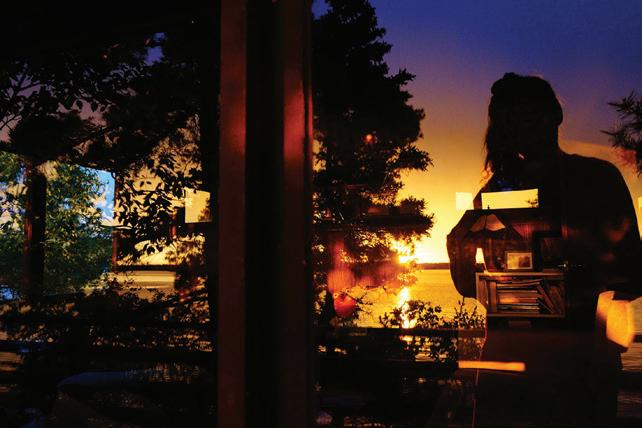

This summer has been nothing short of remarkable. The LakeSmart team was busier than ever. Seedling pick-up day in May marked the beginning of our summer, with an amazing turnout and almost all seedlings sold during presales.
As a team, we made it a goal to increase our youth outreach. Classroom visits and kids' camps offered exciting opportunities for youngsters to connect with nature and understand their role in its preservation. A particular highlight was the watershed demonstration using the water table, which resonated strongly with the young minds. We hope that this will create a generation that will work on keeping the Lake of the Woods region beautiful for decades to come.
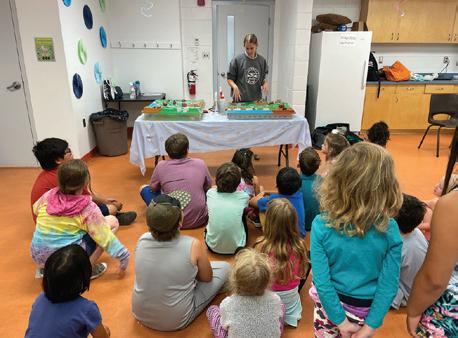
As spring turned to summer, we launched our well-known programs, such as the BoatWash station, dock talks, and farmers' markets. Our BoatWash stations, operating twice a week, achieved a record-breaking feat, washing the most boats ever. This initiative showed our commitment to prevent the spread of invasive species, and the community's response was amazing.
Another landmark event was the first-ever LOWDSA Celebrate Lake Life event, which saw an encouraging turnout. Community members of all ages came out to the Jarnel Contracting Pavilion for an amazing day of activities, learning, and food. Dock talks at various lakeside properties provided a unique platform for discussing vital environmental topics such as shoreline health, invasive species, and septic tank issues. We also made our presence felt at the local Matiowski Farmers' Market, engaging community members of all ages. The Sea Lamprey is always sparking up conversations about invasive species.
All these experiences culminated into a summer of shared responsibility, learning, and progress—a summer that truly celebrated our unique lake life while fostering a greener, more conscious community. Looking back on the summer, the whole LakeSmart team is grateful for the learning that has taken place and the amazing relationships that were made within the community. Following are some highlights.
The LakeSmart team's unforgettable summer includes cherished "Dock Talks" with lake property owners, focusing on environmental concerns and shoreline health. These enlightening discussions allow individuals to connect with the team and share their passion for preserving the natural
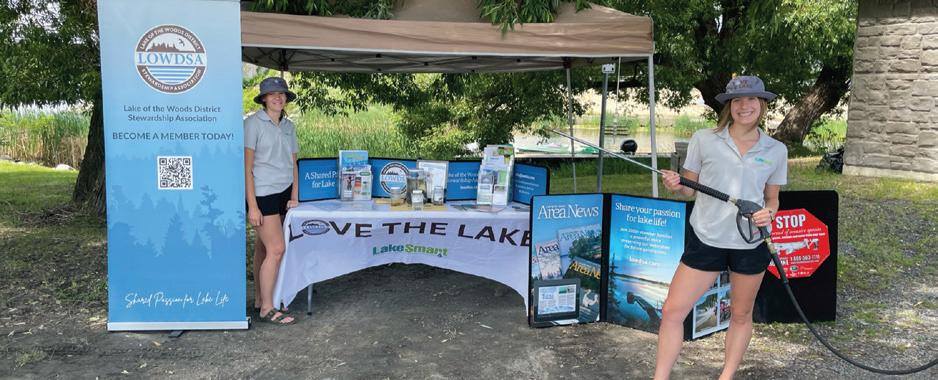 Tessa runs a watershed demonstration for Awesome Adventures kids’ camp.
Tessa runs a watershed demonstration for Awesome Adventures kids’ camp.
beauty of their surroundings. Topics range from buffer zones for filtration to the impact of dock construction on the environment, promoting a deeper understanding of shoreline conservation.
Dock Talks also address the threat of invasive species, empowering property owners to identify and manage them, fostering collective efforts to protect local biodiversity. Discussions also cover responsible septic system maintenance to safeguard the lake's water quality. Through these talks, property owners gain practical tips and tools to become environmental stewards, enhancing the lake's well-being and their property value through sustainable practices.
Ultimately, these conversations foster a sense of pride and responsibility among attendees, creating a community that is committed to leaving a lasting, positive impact on the environment they cherish so deeply.

This summer spent working with the LakeSmart team has been an incredible and rewarding experience. I have learned so much in the past four months about invasive species and the sustainability of Lake of the Woods. This summer was filled with amazing events like the Celebrate Lake life event, BoatWash stations, and Dock Talks; however my highlight of the summer was engaging with various classrooms and summer camps to lead education activities. The enthusiasm and curiosity of the kids is infectious, and their genuine interest in learning about environmental sustainability brought me so much excitement. One activity that was a favourite among the children was using the water table to demonstrate watersheds. These moments were not only fun, but also will help instill a sense of responsibility to
protect the lakes. I believe doing educational outreach to youth is important for fostering a generation committed to preserving the beauty of the lakes. I want to thank the Lake of the Woods District Stewardship Association for the opportunity to work on the LakeSmart team and for such an amazing summer.


The four months working as a member of the LakeSmart team was a blast and a half. It was a great experience to work with my fellow LakeSmart team members, along with the board members of LOWDSA at our many events, learning about various invasive species and sharing all of our knowledge with the public.
The highlight of my summer had to be the first ever Celebrate Lake Life event held underneath the Jarnel Contracting Pavilion. It was amazing to see how excited kids were to learn about the environment and the questions they had (our fun activities helped draw them in) were inspiring to know our future should be in good hands. I learned so much about the environment and was given the opportunity to teach others about it as well. I also learned some valuable skills and lessons to help me in my future. I surely will not forget the summer of 2023. an
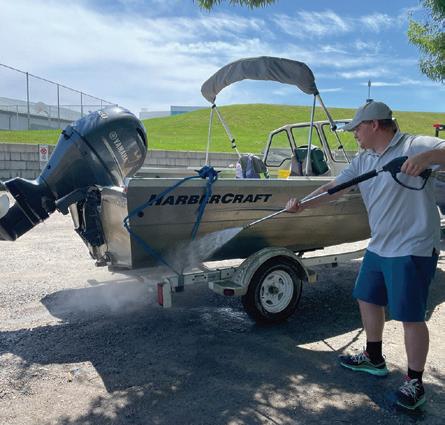



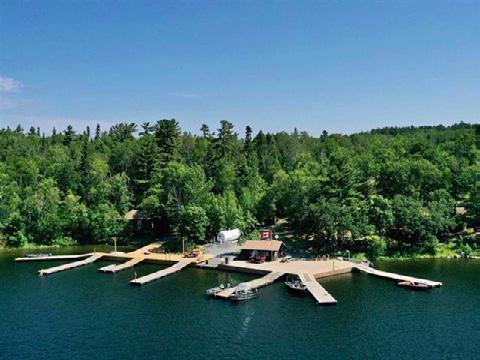



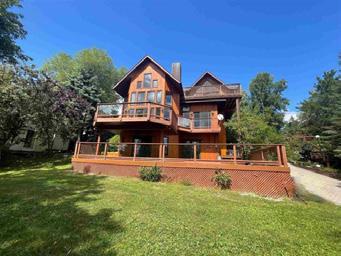
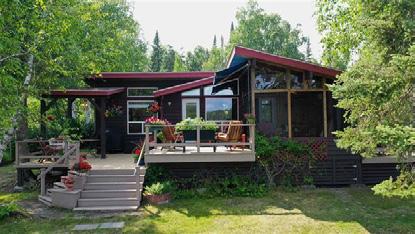
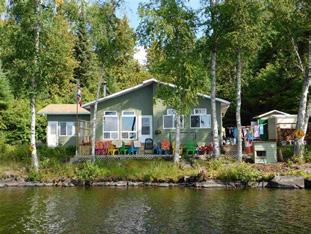

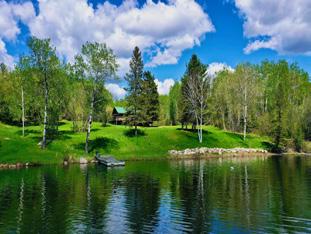



$5,950,000

MCCALLUM POINT ROAD
CLEARWATER BAY LAKE OF THE WOODS


Introducing The LakeHouse, a truly exceptional property that is the epitome of luxury, comfort and prestige. Rarely do you come across a property that checks off all of the boxes, but this property checks them all off and then some!
One of the most sought after locations on LOTW Minutes off the TransCanada highway on an all season paved road
2 hours from Winnipeg
20 minutes from downtown Kenora
Expansive Southern exposure
Over 3 acres of privacy
Low Profile with deep water
Small sand beach
Landscaping with mostly fenced lakeside yard
Outdoor relaxation and entertainment areas
World class water play and fishing off your dock 164 ft sand and rocky frontage
The Celebrate Lake Life event was a first for LOWDSA and we had the best time. We began planning for this event at the beginning of the year and had lots of exciting ideas. The goal was to celebrate lake life by gathering in Kenora and highlight sustainability in the area. We wanted to bridge the gap between our members, the public and lake life resources.
Early 2023, the LOWDSA team set a goal to enhance our brand awareness for LOWDSA in the community and on the lake. The team put their heads together, met with the Board of Directors and finally, after some deliberation we decided on “Love the Lake”. It is a simple message that is uniquely shared between all cottagers, lake users, locals and more.
Part of our planning for the Celebrate Lake Life event included designing and ordering merchandise. Who wouldn’t want to sport a hat with “Love the Lake? We debuted the new branding and merchandise at the Celebrate Lake Like event and it was a hit! For the remainder of the summer we had items for sale for a member discount and free with the purchase of a membership.


This summer, the LakeSmart team set up at the market every Wednesday. This has become a standard program that the team participates in every summer. It has always been an amazing way to meet plenty of new faces while also reconnecting with long time members. The city is always buzzing on Wednesdays in Kenora and we’re happy to be part of it with some ooey gooey invasive species and lots of great LakeSmart information.
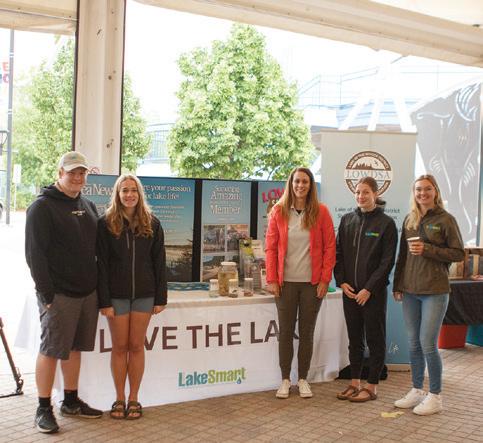

Finally, this summer we were able to bring back some preCOVID programs, one of the most notable being IISD-ELA tours. The Experimental Lakes Area is one of the world's most influential freshwater research facilities. We love visiting IISDELA and learn so much from each visit. Being able to offer these tours to the public and our members was very important to us. Some tour goers told us that they have been wanting to go on a

We were once again back on the water better than ever thanks to our generous boat sponsor Woodlake Marine—cruising from dock to dock, talking to cottagers all about shorelines, invasive species, and everything lake life.
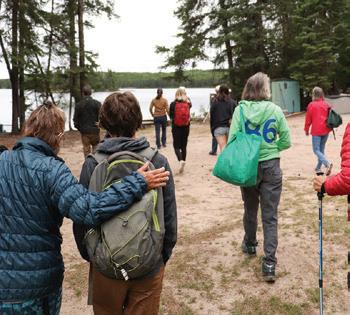

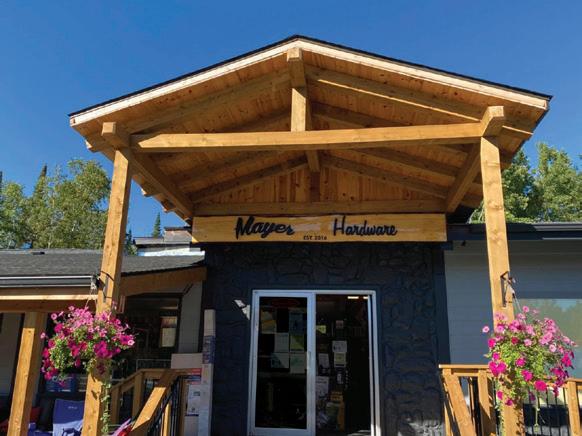
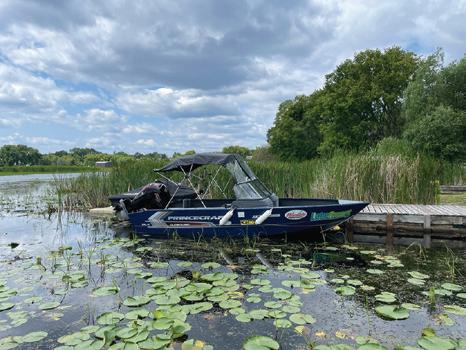
The team started off the spring season with a water ceremony held by Grand Council Treaty #3 at the Experimental Lakes Area. This ceremony marked the beginning of a new season. The team found it to be very enlightening and beautiful and were graciously gifted this ‘Little Copper Pail’ as a symbol for water carriers and water protectors. Nibi is sacred and needs to be protected. Learn more about Nibi in the Nibi toolkit created by GCT3 available at bit.ly/nibitoolkit.
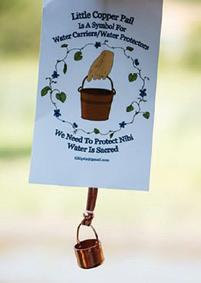
A Trans-Canada Highway stakeholder meeting was held on July 11 at the Whiteshell Community Club. The meeting was led by Donovan Toews from Landmark Planning & Design (dtoews@landmarkplanning.ca), with Michelle Meier from Manitoba Transport & Infrastructure (michelle.meier@gov.mb.ca), and Brett Wareham from Tetra Tech Engineering (brett.wareham@tetratech.com) also in attendance.
The focus of the meeting was about defining the scope of the Manitoba highway twinning project, the challenges, and the process, without proposing or advocating for any specific plans at this time.
Key takeaways from the meeting were as follows:
• There are seven interchanges that need to be considered: Freedom Road, Falcon Lake West, Falcon Lake, Barren Lake Road, the 301 flyover, West Hawk Lake, and Lyons Lake.
• There are numerous stakeholders that they are acknowledging and talking to including residents, cottagers, the Whiteshell Cottagers Association, the Chamber of Commerce, South Whiteshell Trails, the Fur Council, Falcon Beach Ranch, Falcon Lake Golf Course, Falcon Beach School, Snowman, Manitoba Water Stewardship, and others.
• There are three very broad possibilities for routes for twinning:
» The existing right-of-way through the “pinch” at Barren Lake Road
» North of Barren Lake Road, with one direction or both directions, running north between Falcon Beach Ranch and Barren Lake, and connecting again just west of the 301 flyover
» South of Falcon Lake, starting at Freedom Road.
• The project team has spent considerable time understanding both formal and informal land usage of the area, including the variety of recreational trails.
• They plan to conduct at least two further public meetings in addition to direct meetings with stakeholders. The first of these will be to present more concrete plans, the final one to present the chosen plan and accept feedback.
• The project has engaged experts such as biologists to deal with environmental impact and are looking for possible partners in environmental advocacy groups.
• The timeline for the entire project is still a few years and this is in the earliest planning stages. This “conceptual design” stage, as it is called, will culminate in a final report in the winter of 2025.
BY ASHLEY HOFFMEISTERThere were many people there from all around the area: Falcon Lake, Barren Lake, West Hawk Lake, and Hunt Lake. Several concerns were expressed:
• Impact on cottagers at the “pinch” at Barren, both on Barren Lake and on the north side of Falcon Lake.
• Safety of the highway access at Barren Lake Road.
• Noise of construction—particularly blasting. Brett Warehem mentioned the unique geological situation there, and with Barren Lake at 60 feet above Falcon Lake, there would be no blasting because of the risk of a crack draining Barren Lake into Falcon Lake.
• The opportunity to build corridors for non-vehicle access across the highway right-of-way, particularly at Falcon Lake, but also Barren Lake, and West Hawk Lake for walking, hiking, cycling, skiing, horseback riding, snowmobiles, and wildlife.
• Models developed by National Parks such as Banff and Lake Louise for traffic and wildlife management might be appropriate.
• Residents and cottagers from West Hawk Lake and Hunt expressed concern about increased noise from the wider highway and wondered about the north end of Lyons and the impact on the marsh north of the highway.
• Impact on wildlife due to construction disrupting forests, waterways, and wetlands.
• Designers must recognize that this is a Provincial Park and, as such, great care must be taken to respect the environment and wildlife in the area, and not to proceed with the extent of destruction we are seeing across the border in Ontario.
• Transparency: Donovan indicated their intention is to be as transparent as possible but acknowledged that a small amount of information might not be presented in detail. an
The public information meeting regarding Stage Three Planning for the Whiskey Jack Forest was held on July 25, 2023, in Kenora. A report from this meeting was not available for this edition; but, will be available on our social media sites and in the next edition of the Area News
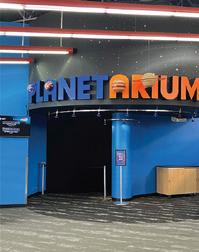 BY GARTH COLLIER
BY GARTH COLLIER
On July 7, my wife and I were very fortunate to attend a Science North event hosted by Kenora MPP Greg Rickford and Ashley Larose, Executive Director and CEO of Science North. They addressed an audience of about 50 people about the mission and vision of Kenora’s proposed Science North Centre. Architect David Nelson provided a power point of the proposed design. The presentation was an inspiring visual experience that really helped to crystallise the completed project.
The centre will be incorporated into the existing Discovery Centre by adding 400 square meters (4300 sq.ft.) of new space and is scheduled to open in 2027.
The intended outcomes of the Kenora Science North experience will be to inspire and ignite curiosity through a process of inquiry. Visitors will be engaged in entertaining and educational opportunities in science, technology, engineering, and mathematics (STEM) all in the name of stewardship.

Once completed, guests will experience how the boreal forest and the many and varied habitats of water weave and intertwine to form a very complex ecosystem. Indigenous knowledge, language and culture will also be incorporated into the learning experience. The exhibits will illustrate how water connects all living things on the land where we live.

In keeping with the philosophy of responsibility to future generations, here’s some of the passive design concepts that we can expect in the completed centre:
• Carbon neutral net zero design using passive solar energy collection
• Heating and cooling heat pumps connected to a heat exchange lake loop
• No burning of fossil fuels
• Producing 20 percent more energy than is consumed therefore feeding it back into the grid
Overall, Kenora’s Science North Centre will provide for a fun and friendly approach to science education. “Bluecoats,” the name given to staff and volunteers who wear blue lab coats, will be our guides. We can crawl into a beaver lodge, enjoy ducks paddling overhead and “swim” with a school of fish. Science North will be there to “Imagine, Inspire and Ignite.”
The chart below indicates the fishing regulation changes expected to take effect on Lake of the Woods in January 2024.
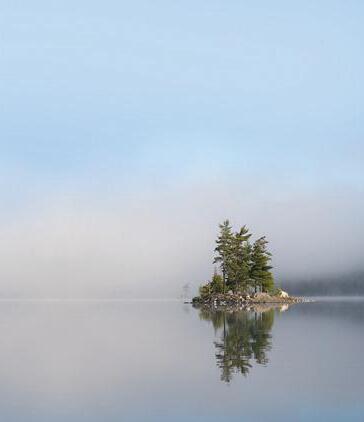

Receive customized and personal solutions from our environmental students. Learn all about living & playing green at the lake, and get the information and resources you need to help you protect your legacy.
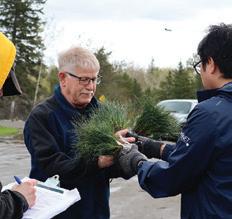
Participate in our unique stewardship programs such as the mobile boat wash station, litter free lake campaign, environmentalist initiative programs, metal waste collection, and zebra mussel monitoring programs to keep our area pristine.
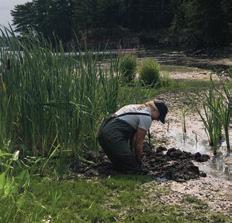
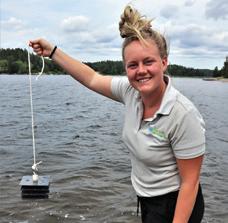
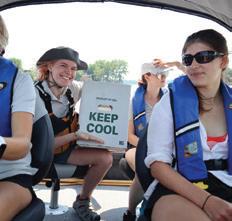
Gain easy access to just about anything you want to know about lake life and to learn more about what you love.
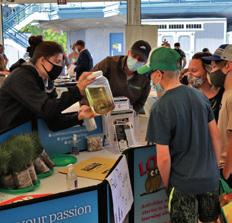
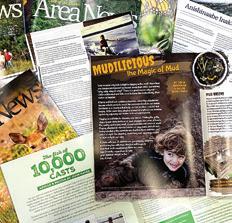
Stay connected to the district year round through the Area News magazine, issued five times per year, for articles featuring lake life and issues of interest.
Help reduce our carbon footprint while expanding your beautiful patch of forest to continue lasting memories for future generations.
Renew online, or use this form to renew by mail or email.
Your continued support of LOWDSA's programs and initiatives does make a difference.
Member Name:
LOGIN EMAIL:
Alternate Email:
Address: City: Prov/State:
Country: Postal/ZIP:
Home Phone:
Cottage Phone:
Mobile Phone:
m YES, send my renewal notice by email
Use your smartphone camera app to scan this QR code and renew your LOWDSA membership online.

You can choose between a Full Membership (magazine mailed) or a Virtual Membership (digital magazine).
» Full Membership: m 1 YR ($60) | m 2 YR ($120)
» Virtual Membership: m 1 YR ($52) | m 2 YR ($104)
TOTAL $ _ _ _ _ _ _ _ _ _ _ _ _
Seedling Day: May 18, 2024 10am - 1pm
Help reduce our carbon footprint while expanding your own patch of forest. Please order your seedlings by May 5, 2024.
m Clearwater Bay (Firehall) m Storm Bay Rd. (Firehall) # of bundles (of 15) __________ at $15 each
TOTAL $
A donation of $5 from each member would support an entire LakeSmart position and contribute to LOWDSA’s mobile boat wash station! Contributions to the EISP Fund can be made online any time at lowdsa.com/campaigns/eisp.
m $250 m $100 m $50 m $25
m Other $_____________________________
TOTAL $ _ _ _ _ _ _ _ _ _ _ _ _
To purchase multiple gift memberships, please attach each individual’s contact information to this contact form.
m Full Membership, $60 m Virtual Membership, $52
Recipient’s Name: _______________________________
Recipient’s Email: _______________________________
Recipient’s Address: ______________________________
m Please send give card with message:
TOTAL $ _ _ _ _ _ _ _ _ _ _ _ _
GRAND TOTAL $
You can also contribute to our EISP Fund, purchase pine seedlings, and order gift memberships while you’re there!
Renew by phone: 807-468-8715 or 1-888-265-9784
Renew by email: membership@lowdsa.com
» Cheque payable to LOWDSA or call 1-888-265-9784
» Pay by credit card: m Visa m Mastercard m American Express Card #_____________________________________ Expiry (mm/yy) CVC# _______

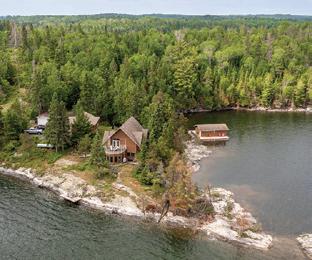
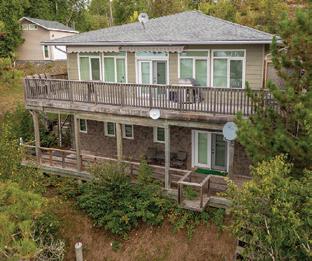



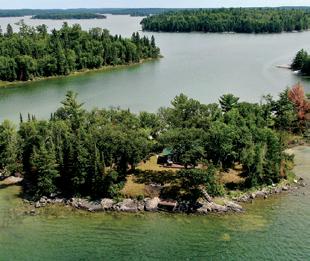


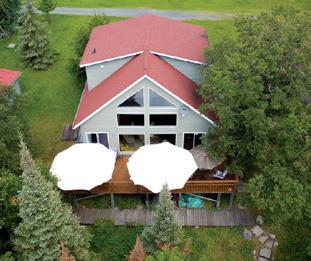

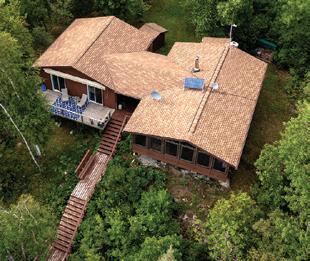

The summer of 2023 saw the water levels of Lake of the Woods and the Winnipeg River Watershed return to normal and historically consistent levels. This is a welcome change from the previous three years where water levels were affected by severe drought in 2020 and 2021 followed by the flood events of 2022 that affected Lake of the Woods and the entire Winnipeg River and Rainy / Namakan Lake Watersheds.
As of the writing of this column at the end of July, the level of Lake of the Woods stood at (1059.8 ft), or a 55th percentile level for the time of year. This level was consistent with the regulation strategy targets for summer as adopted by the Lake of the Woods Control Board during its spring regulation meeting in June. The strategy was based on basin conditions, hydrological and meteorological forecasts, and the input of the various interest groups concerned with basin management. The regulation strategy also recognized the lower inflows due to the dry conditions in June which continued into July and the need for close monitoring of outflows from the Lake of the Woods to the Winnipeg River. Through participation in the LWCB, LOWDSA supported a targeted lake level for the summer period of 323.0 to 323.1 m (1059.7 to 1060.0 ft) consistent with our recommended levels for the time of year. This recommendation also recognized that target levels moving forward can be affected by changing weather patterns, levels of precipitation and the potential need to revisit the established regulation. The LWCB Secretariat staff are also sensitive to the changing and increasingly unpredictable weather patterns and closely monitor the outflows between the Lake and the Winnipeg River to balance interests as we entered the summer season and plan for fall.
Looking ahead, the regulation strategy outlines targets for various inflow conditions and scenarios to the end of October. The fall strategy calls for a gradual decline in lake levels as we approach freeze up consistent with the historical approach for that time of the year. This managed decline is intended to minimize damage to docks and shoreline infrastructure resulting from ice formation while balancing the interests between the Lake and the Winnipeg River based on a range of possible flow conditions that may develop during the fall.
While the summer of 2023 was greatly improved over the flooding conditions we experienced last year, it is clear that the impacts of climate change will be an ongoing challenge in our watershed and elsewhere. Improving our knowledge on the impacts of climate change on water levels and water quality is an important consideration going forward for residents, agencies, rights holders, and interest groups throughout our watershed.
We hope you and your families had a great summer and were able to enjoy all that Lake of the Woods and its related watersheds have to offer as we returned to normal water level conditions. For up-to-date information on water levels and the work of the LWCB please visit the LWCB web site at lwcb.ca. an
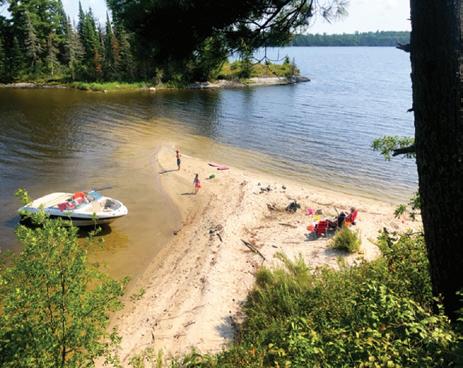
JULY 20 – NOVEMBER 10, 2023
Lake of the Woods Museum
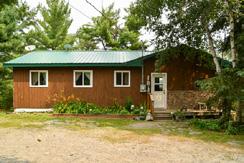
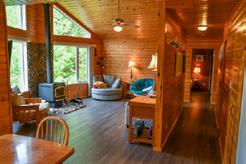
This year marks the 150th anniversary of the signing of Treaty #3 at Northwest Angle on October 3, 1873. To honour this occasion the Sacred Treaty and adhesion documents have travelled home to Treaty #3 territory and the Lake of the Woods Museum. The historic documents are joined by colourful information panels developed by the Indigenous Advisory Committee of The Muse that tell the story of the signing of the Treaty and the story of the Anishinaabe of Treaty #3. Treaty #3: Manidoo Mazina’igan | The Sacred Document is a collaboration between Grand Council Treaty #3, The Muse, Library and Archives Canada, the Government of Canada, and the Province of Ontario.
For more information about the Treaty and local events related to its signing visit 150.gct3.ca.



We are always looking to feature events happening throughout the region all seasons of the year!
Be sure to send what’s happening at your lake to editor@areanewsmagazine.ca so we can include it in the next issue of Area News!
WEDNESDAYS UNTIL OCTOBER 4
Jarnel Contracting Pavilion
Market continues with an array of makers and bakers, 8:30 a.m. to 2:00 p.m.
SEPTEMBER 16 & 17
The biggest little bass tournament is happening in Nestor Falls: Crow Lake Classic Bass Tournament. More information available at facebook.com/crowlakeclassic.
SEPTEMBER 22 & 23
The premier muskie tournament in Northwestern Ontario. For more information visit muskycup.2cat.com.

SEPTEMBER 27 AT 3:00 P.M.
Timothy Warner: A discussion of the SNNF
Trail Networks

Check out this informative presentation at the Northern Ontario Sportfishing Centre in Sioux Narrows. There may be additional presentations added. For a complete and up to date list please visit sportfishingcentre.com.
SEPTEMBER 30
Grand Council Treaty #3 will be hosting a Truth and Reconciliation Pow Wow on September 30 at the Jarnel Contracting Pavilion on the Kenora Harbourfront. Watch for other activities that are still being planned.
Bruce Bennett Broker of Record Jake Bennett Broker SIOUX NARROWS 807-226-1024 Always Available Real estate services from the experienced and knowledgeable local Realtors® Three bedroom cabin on 4.6 acres. Video and virtual tour on our website. SIOUX NARROWS $625,000 Year-round home in Au Lac Retreats, downtown Sioux Narrows. Further description on our website. SIOUX NARROWS 525,000 Year-round home or cabin plus guest cabin on Bass Lake. Map on our website.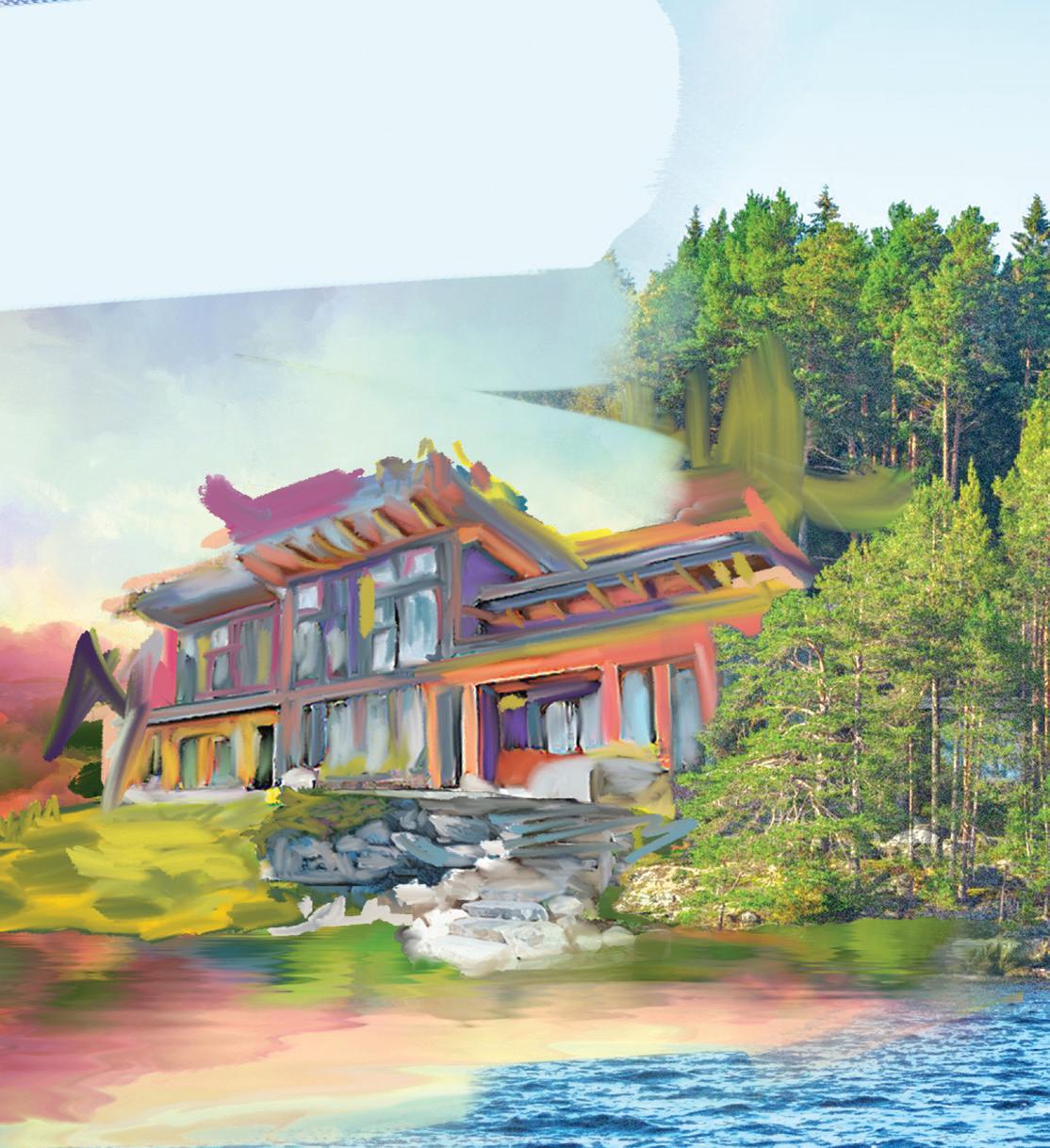
Have you ever wanted to live on an island on Lake of the Woods year-round—to hear the snow crunch under your feet like walking through a field of Weetabix? Or experience life off the grid, watching the Aurora Borealis brighten the sky—far brighter than the light from coal oil or propane lantern? Perhaps it best to leave early fall before the lake turns pewter grey; before the blazing orange sun speeds below the tree line leaving the lake and sky around you blackened coal; before giant size snow flakes land gently on the water, gathering together for a moment before sinking below the surface. Before cold, is so cold.
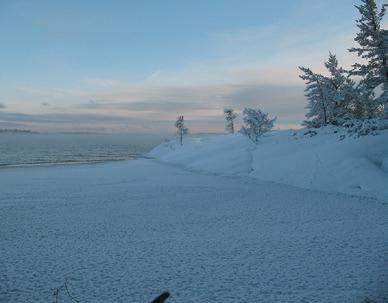
We were fortunate to spend fifteen years of our life on a five-acre island on Lake of the Woods—year-round. The trapper’s cabin was not meant for all four seasons—and there were times, we were not either. Our journey was filled with humble beginnings fraught with no mercy from the beautiful Lake of the Woods. There would be perils. Peace would take time.
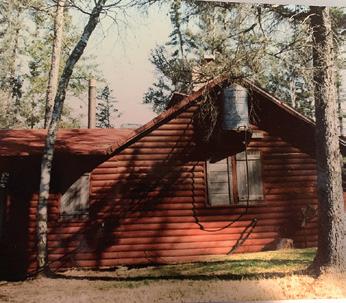
There are many packs in life. But there’s one day in winter when two packs were independently operating for their own survival. Our pack was made up of my partner Jim, our Alaskan Malamute mix, Sekima, and me. The second Pack—we met along the way.

It was cold, so cold. Sekima seemed to be loving every moment of it as he ran past me on the narrow path. I had to catch myself from falling into the snowbank as I avoided 110 pounds of muscled momentum.

It was nearing sunset, late January, the last I would see of this bitter, cold day. It was my

 CONNIE LARSON
CONNIE LARSON
typical evening farewell, walking the length of our island to the southwest shore, awaiting the moment when the sun became a huge fireball dropping from the sky. Even the darkest of clouds were penetrated, rimmed in orange as the sun raced to meet the horizon. Jim would usually come with me, but today he still wore a heavy robe and sat by the cookstove. He was terribly sick and weak with flu.
I was only moments behind Sekima, but he was nowhere to be found when I got to the cabin. I went first to the dock deck on the north side, as it protruded out on a point of the shoreline and gave me the best vantage point. The big island lay directly north, a short distance. It was a favourite shoreline for Sekima to explore, the frozen lake providing glorious freedom for a malamute’s spirit. I saw nothing. I scoured further to other distant islands, knowing the big dog could easily be further. There he was in the distance. And he had company.
I anticipated his pursuit of a fox. He was strong enough, dominant, and a hunter. I had seen it before but had rarely seen him get this close to one. Foxes kept their distance in the daytime, and Sekima was always visible to them a long way on the flat expanse of frozen lake. This was different. He was within twenty yards, running behind at an easy lope. I thought maybe it was another dog. My breath puffed steam into the air. Suddenly, and without warning, I saw five or six figures coming down the slopes of the island from various directions. A pack of wolves; the first had been the luring female.
Sekima apparently sensed the danger quicker than I did. He took off running, and the wolves followed. He was almost at the base of our shoreline, near the boathouse before they surrounded him. He was fenced off and had taken a stance. They appeared larger than Sekima, their long, angular legs giving them superior height against his stalky frame. They gave him extensive breadth, circling him in a counter-clockwise pattern, but with no gap to escape.
Jim and I both thought highly of wolves. The design of Mother Nature is sophisticated. A need for the higher chain, so that overcrowding, and disease does not occur, leaving the healthy animals to flourish. Wolves in particular have been persecuted, originally by ranchers who lost cattle. But it’s more than that. Wolves are feared for their intelligence, the way they form a pack, a complex hunting machine acting as a unit. Regardless of their reputation, studies show that their primary kill is old, weak, or diseased animals. Regardless of their beauty and intelligence, they
Bit by bit the lake freezes—the shallower water in bays freezing first. Sekima, our Malamute mix loving winter wearing an orange vest to be distinguished from a wolf.are hated. Feared by man. There was no way that they expected to encounter Sekima. They were opportunists. This was a mistake!
I screamed a banshee scream from where I stood some one hundred yards away. One wolf turned and ran towards the big island. The others did not follow. The winter sun hung low and heavy in the western sky, dying quickly now as dusk rode in. Silver-grey wolves with flowing tails danced around my friend, snarling occasionally. I took off running hard. I chose the path I had come from rather than break trail on the deep drifted snow of the shoreline. I screamed as I ran. I screamed my fear and outrage. I wailed in agony and fury. I ran. I ran down the steps to the boathouse and out onto the lake towards the pack. They parted. They ran. Huge strides, front feet barely touching the ground, silver streaks following the blue bands between dusk and darkness, leaving me standing there screaming. Sekima raced behind them in pursuit.
Color drained from the sky. My heart pumped in my ears. I ran back up the steps to the cabin. My mind raced. If I did not reach Sekima now, he would not last the night. He thought they were playmates, perhaps, or that our pack was running them off. There was no doubt that they were driven by food. Their caution in killing him would be based on a strong instinct for survival. He was a healthy male and they would not afford an injury. They would wear him down first.
“Wolves surrounded Sekima. He’s followed them.” I spoke hurriedly to Jim, rushing towards the closet. “Get the 30/30 and cartridges. I have to get better boots and a coat.” I needed taller boots to get me through the drifts, a balaclava for my face, my worn Inuit coat from Cambridge Bay. I needed everything now, before there was no light left in the sky. I grabbed the big flashlight.


Jim stood swaying. He was gripped with fever. “Where did he go?”
“The big island.” I loaded five cartridges into the magazine and threw the rest of the box into the big pockets of my parka.
“It’s dark. You can’t go looking for him now.”
“It’s not dark out yet.” I glanced at the window. It looked dark, but I knew there was still a final phase before images would disappear completely. I threw the gun harness over my shoulder.
The drifting snow slowed my progress. I could not run in it. My pace was quick. It was cold, so cold, and I felt none of it. I dared not use the flashlight. I would lose any ability to see the landscape ahead of me as the light stole images from my retinas.
“Sekima!” The crunching of the snow was deafening. I stopped. I shouted his name again. “Sekima!” I called wildly, and I heard him call back. A howl, a familiar voice, a certainty of the blood still running through him. Please God let him be safe.
I could hear Jim behind me. His voice boomed. “Sekima.” His voice traveled so much further than mine. I knew how terrible he must feel. He could barely rise that morning. I knew it was all about the three of us. It was our pack. We were a unit. We hunted together. We played together. We guarded together. We protected each other.
I saw Sekima, in the last of the fading light, jumping off the big island to the snow-covered lake. There he was, as delighted and joyous as when he’d left. Proud, majestic head in the air, tail broad and tightly curled, loping with ease and confidence, wondering what all the fuss was about. Wondering why we had not been with him in pursuit. He raced towards home ahead of me, to the spot where they had circled him. He took the pleasure of stopping to mark his territory. He was king.

Our peril ended in peace—at least this time—this winter night on Lake of the Woods.
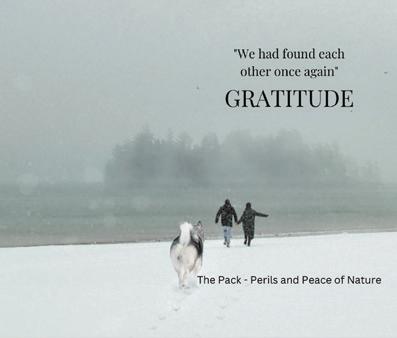
I have no photos of the wolf pack or the events of that day. I was occupied with survival. an
 Only photo from this day is of the cover of my book, The Pack - Perils and Peace of Nature - Lake of the Woods. The words are what I felt at the end of that day.
Only photo from this day is of the cover of my book, The Pack - Perils and Peace of Nature - Lake of the Woods. The words are what I felt at the end of that day.






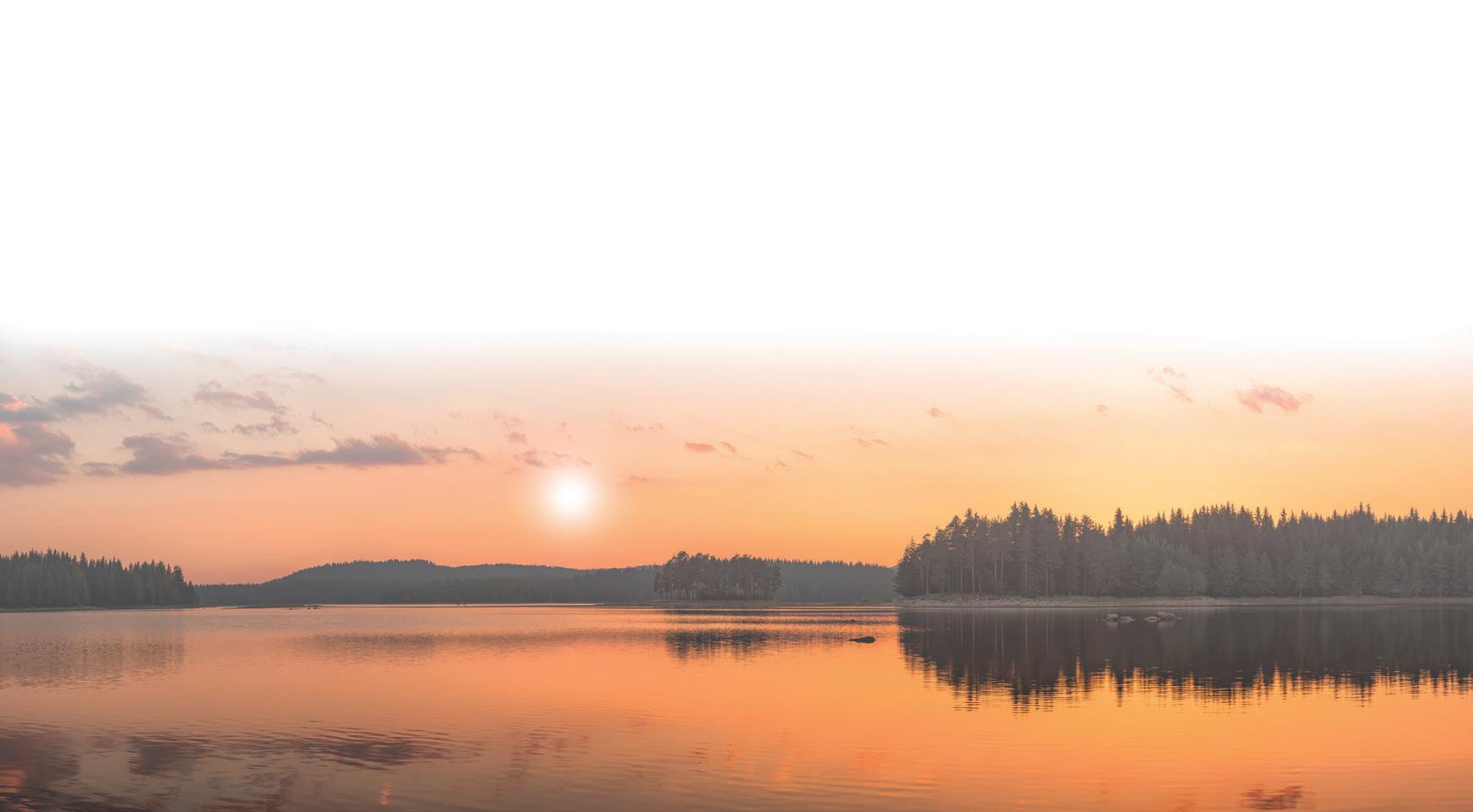
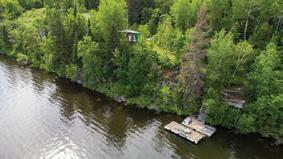
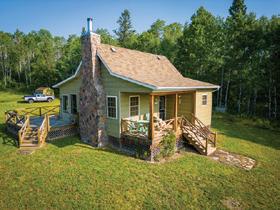
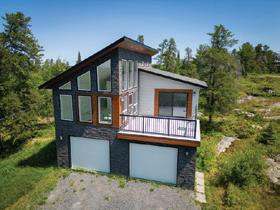


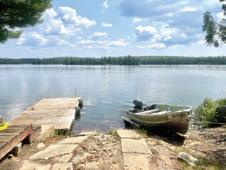

Signed October 3, 1873
Northwest Angle on Lake of the Woods
Article by Ed Mandamin


The word “Treaty” in the Webster dictionary is defined as: “a contract in writing between two or more political authorities (such as states or sovereigns) formally signed by representatives duly authorized and usually ratified by the lawmaking authority of the state.”


Since time immemorial, our people of Turtle Island have lived in harmony with our lands and cultural traditions, cultivating deep connections across our lands prior to the European settlement.
Prior to the European contact, the Indigenous Peoples of Turtle Island had already established a sophisticated economic system and governance long before the arrival of the British. Although the British were seen as newcomers, the First Nation Peoples welcomed them with respect, forging mutually beneficial trade relationships that was supposed to last for generations and generations.

Treaties have always been a way to develop connections with other groups to learn, educate, and prosper from each other’s resources and technologies. The first written treaties on Turtle Island were in the form of wampum belts.
These belts visually told how diplomacy and ceremonies would dictate the treaty terms. Wampum belt was considered sacred and treated with great respect because its message was important. The wampum belts were used in many early treaties between the Anishinaabe, French and British. The belts would specify commerce pricing, trade goods, and recognize each other’s sovereign authority.
The wampum belts eventually were replaced with written treaties and still carried the sacredness of the relationship building with creating a new and lasting relationship in land sharing and prospering growth economically, socially, and politically independent of each other.
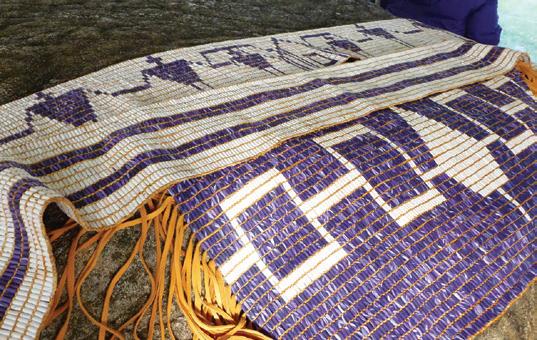
Lake of The Woods Anishinaabe nations by this time realized that a treaty would be necessary to open the sharing of resources and knowledge of the lands, promoting the idea of co-operation over competition. The approach to Anishinaabe economy and society was founded on a system of shared rights and laws that ensured everyone was treated fairly and equitably.
• Treaties of Peace and Neutrality (1701-1760)
• Peace and Friendship Treaties (1725-1779)
• Upper Canada Land Surrender and the Williams Treaties (1764-1862/1923)
• Robison Treaties and Douglas Treaties (1850-1854)
• The Numbered Treaties (1871-1921)
In 1870, the two governing nations that were from two different worlds and spoke different languages began negotiations to determine boundaries and economic markets. Reserve lands, education and agricultural were the main items over the many years of negotiation discussions. The Chiefs and Alexander Morris, the queen’s representative, held the talks in the Rainy River territories of the Ojibway’s. The previous negotiations of Treaty #1 and #2 took three weeks to complete both treaties. That was expected for Treaty #3.
It wasn’t until Friday October 3, 1873, at Northwest Angle, that Treaty #3 was signed. The provisions of the treaty were to allow passage for settlement in the west. The First Nations held their territories and reserve lands as well as farmlands for the agriculture economy to supply the western expansion market. The education vision of First Nations painted a picture of learning the settlers’ ways while maintaining cultural practices including fishing and wild rice harvesting.
The agricultural provisions of the treaty guaranteed access to markets to settlements requiring dry goods capably supplied by the First Nations farms. Farming the land goes back hundreds of years.
In the four hundred treaties made, there are 70 treaties recognized by Canada:
The Canadian Government made the calculated decision in 1876 to pass legislation that would control and oversee First Nation peoples and reserves—a decision that would have enormous implications for generations to come. The Indian Act legislation created a colonization plan that was highly invasive and paternalistic, and proved to be catastrophic for First Nations communities. The Indian Act is a legal framework that has governed the lives of Anishinaabe people in Canada for almost 150 years, at its core, controlling and regulating the lives of our people and communities.
The Treaty provisions clearly identified agriculture and farming implements as guaranteed to ensure the continuance of a tradition going back thousands of years. This made the agriculture economy a place where the Anishinaabe people could participate in trade. However, that soon changed when the Indian Act passed a policy forbidding trade to happen and made it illegal with threat of prison. The act also controlled the movement of our people with the Pass system, which denied Indigenous people the basic freedom of mobility that every settler Canadian took for granted. Next, came Indian Residential Schools, allowing officials to take Anishinaabe children away from their parents and communities, some never seeing their families again. What was to be a great future turned into a nightmare that would last for decades and created barriers that are still active under the Indian Act today.
The story of Indigenous people is one that is too often overlooked and forgotten. For the last 150 years our communities have been forcibly removed from our ancestral lands and left to survive in remote corners of Canada with limited resources. This has created a cycle of poverty and hardship that has been passed down from one generation to the next.
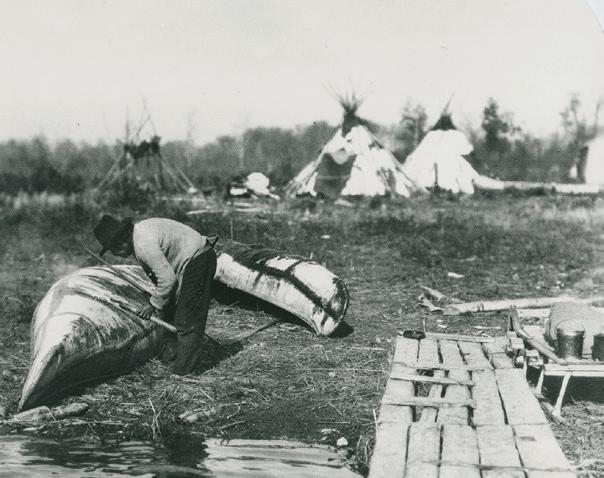
Despite these challenges, our people of Turtle Island have managed to preserve our culture and way of life, and our resilience and perseverance are a testament to the strength of the Indigenous spirit.
It is important that we remember and honour our treaties and continue to work together to address the issues that have contributed to our current situation.
The 150 anniversary of Treaty #3 on October 3, 2023, is a milestone that is measurable by events in history to determine how well the treaty holds up in today’s socially connected and more enlightened world. an

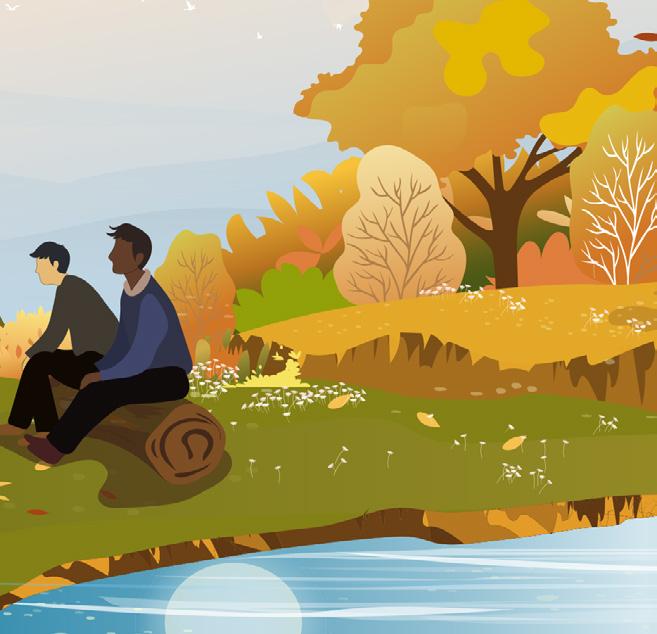
 By Dave Schwartz
By Dave Schwartz
Camping is fantastic! It connects us to nature, reduces stress and provides fresh air and exercise. It’s the perfect opportunity to enjoy great scenery and quality time with friends and family and to wind down from the constant stimulation of modern life.
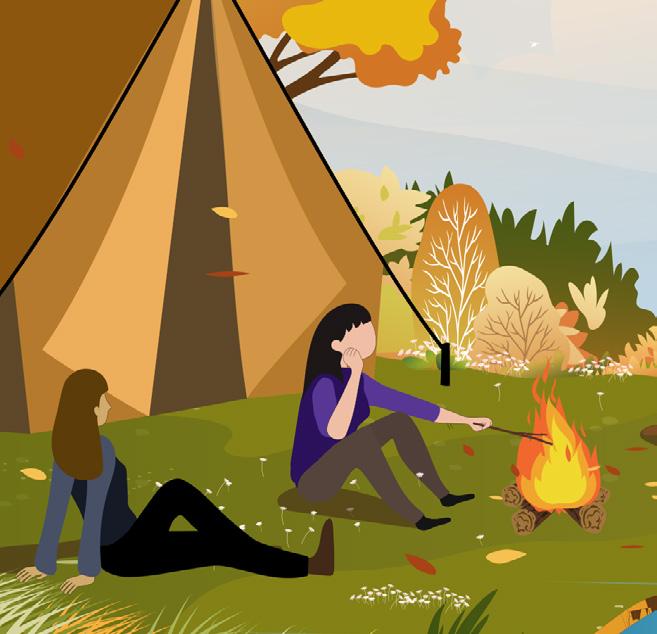
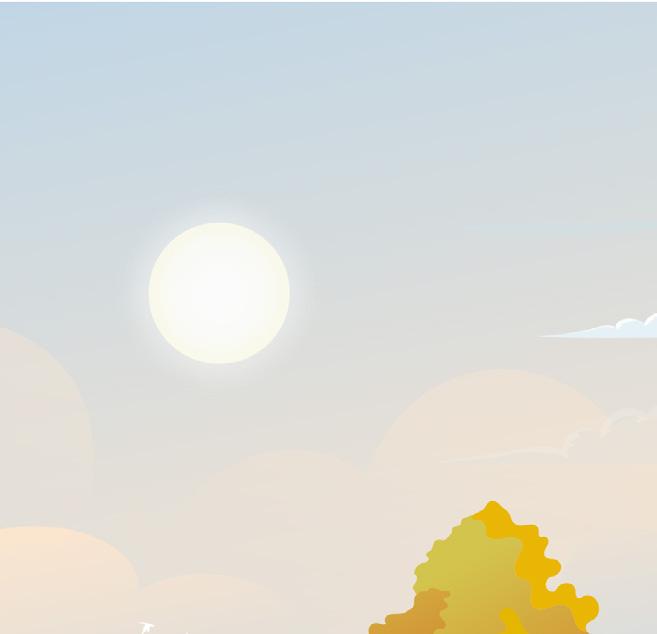
To me, camping means packing up a tent and the other necessary gear and heading out by canoe, on foot or by car. In my humble opinion, it’s not camping if you tow a small house, although many of the benefits still apply and the creature comforts are appealing.

I prefer tent camping to the more luxurious alternatives because of the closer connection to nature and its low environmental impact.
A versatile activity, camping can be tailored to your preferences. It could mean anything from a remote wilderness experience to a comfortable campground with amenities.
Too many people stop camping at the end of summer. Big mistake! If you are properly prepared, camping in the fall is the ultimate cool experience with some huge advantages over the summer experience. For openers, there will be fewer people out there. Whether you are wild camping on public land or opting for the added conveniences of a campground you will have your choice of the best campsites.
My favourite campsites are on flat rock outcrops right beside the water. I almost never camp in sandy areas because sand infiltrates everything. I also avoid grassy areas because it can harbour creepy crawly critters and may be wet in the event of dew or rain. I am reluctant to recommend specific campsites as almost any lake in the Lake of the Woods area has beautiful sites and many are readily accessible by canoe, car or on foot from a nearby road.
Wild campsites are open all year but if f you wish to camp in a provincial park it’s best to check on the park website and see if it’s open. Most are closed by mid-September. Rushing River is and exception and is open to campers until October 10 this year.
Fall is when Ma Nature gets out her paintbrush. The resulting spectacular colours are on display through September and well into October. Brilliant fall foliage is another compelling reason to extend your camping season.
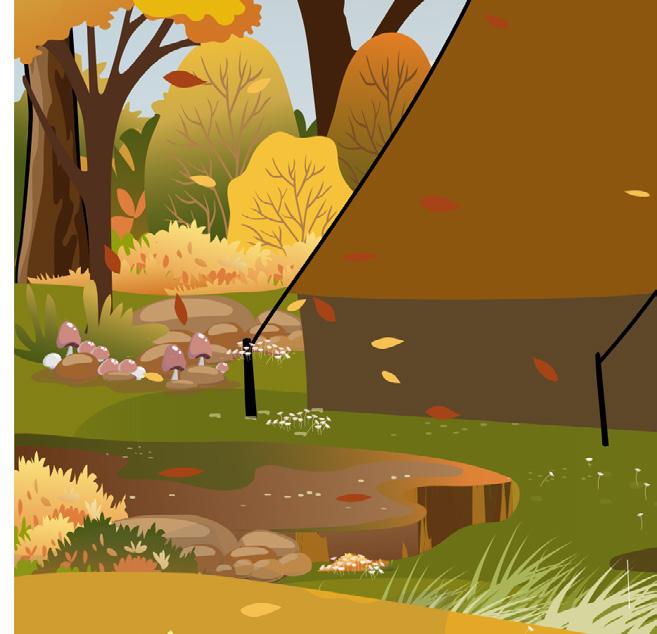
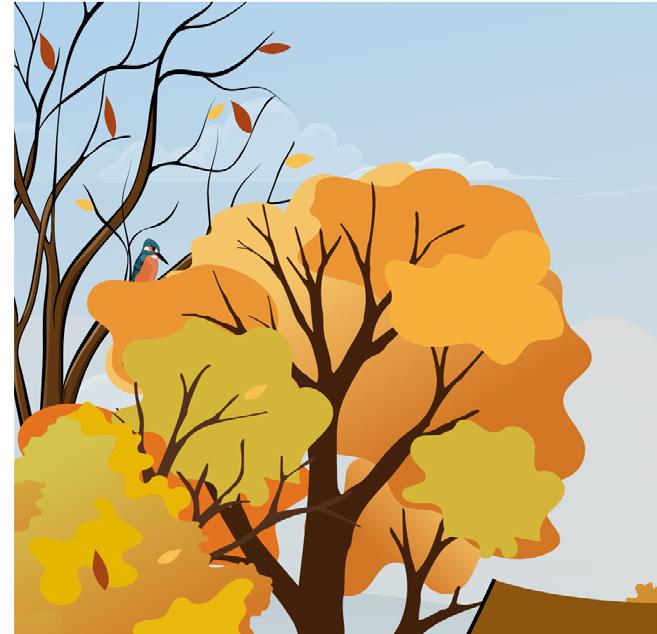
Few scenes equal the beauty of morning mist over a glass-smooth lake. As fall progresses, water evaporating from lakes condenses in the cool air above the lake to form that beautiful, moody mist over the water, adding to the splendour of red, orange and yellow foliage.
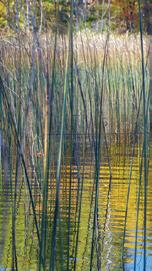
Perhaps the biggest bonus of fall is the relief from biting insects such as mosquitos, blackflies and ticks which are the nemesis of summer campers. Cool, bug-free fall weather allows slap-free enjoyment of nature’s wonders.
Wildlife viewing is enhanced as the leaves drop from trees and shrubs, birds and mammals are easier to see. Flocks of migratory birds may fly by or even land near your campsite.

Shorter fall days mean more darkness than you will be inclined to sleep through. It also means that, during your waking hours, the night sky will be visible in all its glory, providing the opportunity to stargaze and ponder the wonders of the universe. Later sunrises and earlier sunsets mean that even the most devoted sleepyheads will be awake to enjoy them.
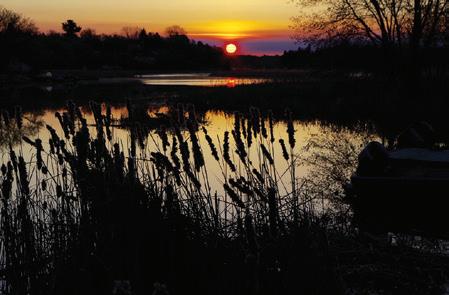 Left: A wood-burning stove makes cooking easier and prevents leaving fire scars on the landscape.
Left: A wood-burning stove makes cooking easier and prevents leaving fire scars on the landscape.
Left: Frequent morning fogs are a photographers dream in the fall.

Right: Fall colours add beauty to your wildlife photos.
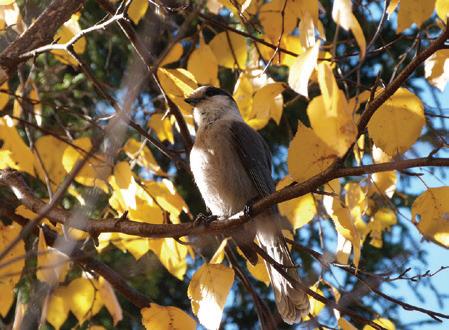
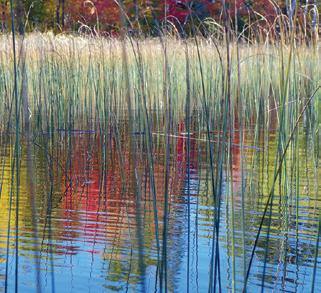
Campfires are the heart and soul of camping trips, their importance growing as the days shorten and temperatures drop. They provide light, warmth and a special social atmosphere that encourages fellowship, laughter and storytelling. Watching the flames dance and listening to the crackling sound can be mesmerizing and soothing. It helps you connect with nature and appreciate the simplicity and beauty of the outdoors.
Shorter fall days mean there’s more time for leisurely cooking and socializing around the campfire. It’s a perfect opportunity to experiment with more elaborate recipes.
Great food is always a bonus on any camping trip, but cool weather camping is the perfect excuse to blow your normal calorie budget. You’ll burn off more calories just to stay warm so that extra food won’t go to waist.
My purpose in this article is to highlight the pleasures of late season camping rather than give detailed instructions but a few suggestions are in order. Ideally, you’ll carry a 3 or 4-season tent (oxymoron?), and a sleeping bag that will keep you warm in the coldest fall temperatures but if you are trying cool-season camping for the first time, you may not wish to break the bank. You can probably adapt or supplement your summer camping gear and clothing to do the job. For example, an extra tarp over your tent will ensure that you stay dry. A sleeping bag liner or extra blanket can help you stay warm at night. An extra closed foam mat underneath you will help to insulate you from the cold ground.
Far left: Nature can be full of surprises in the fall.
Middle left: If you choose your camp site carefully, a fall sunrise might greet you when you open the tent flap and bonus! The sun will soon be warming the tent.
Left: Everywhere you look may be a blaze of fall colour.
Right: Colourful fall scenes are everywhere, even at your feet.
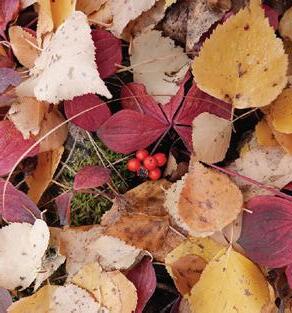
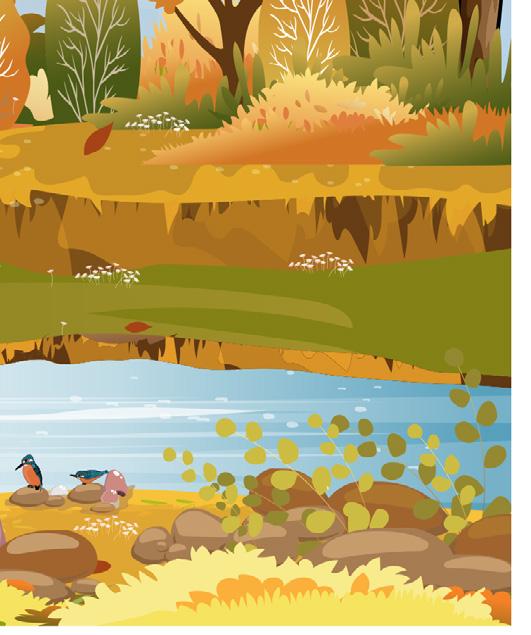
Layering your clothing is key to staying comfortable outdoors in fall. Pack layers of breathable, water-resistant clothing. Wool, fleece and synthetic materials will keep you warm and dry. Cotton clothing wicks water from wet areas to dry and could cause you to lose the cold war if the weather gets nasty. The challenge of staying warm and dry to enjoy the delights of the season increase as the season progresses. The air will be cooler and any precipitation will mean that you could be cold and miserable or at risk of hypothermia if your rain gear or tent fails.
Before you go, it’s a good idea to check the weather forecast. If an early blizzard is on its way your camping adventure might be a great promoter for the motel industry. According to humorist Dave Barry, rain clouds will travel thousands of miles out of their way against the prevailing winds just to rain on a tent. Weather forecasts are pretty accurate but still fallible. It’s best to be prepared for worse conditions than the forecasts predict.
With a little extra preparation, you can enjoy beautiful days and starry nights well into the autumn season. If you are properly prepared, camping in the fall is the ultimate cool experience. an



Many provincial campgrounds in Manitoba and Ontario close in September but there are some exceptions. For the latest information check:
» gov.mb.ca/nrnd/pubs/parks-protected-spaces/operating_dates.pdf
» ontarioparks.com/operatingdates/2023
Colourful backlit leaves against dark water are a photographers dream come true.
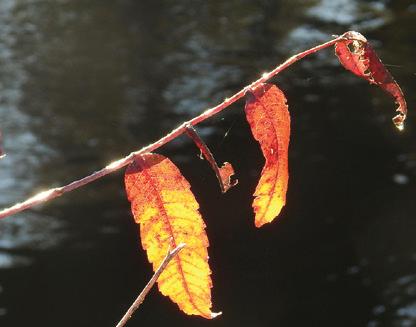
Making sure your cottage isn’t your only appreciating asset.
Bieber Wealth Management. A world class wealth management practice.



A cultural guide explained that for reconciliation with the land to occur, we must release ourselves of nonrelational perspectives and evolve and mature in alignment with the natural world. In Indigenous Knowledge systems, nature is not seen as something separate from human beings; humans are considered an integral part of the natural world. This interconnectedness means that every being, including humans, animals, plants, the land and elements, are intertwined and share a collective existence. This notion starkly contrasts the viewpoint prevalent in some western cultures, where nature is often regarded as a resource to be exploited for human benefit. Indigenous Knowledge challenges this perspective by recognizing that humans are not above nature but an essential part of it, with responsibilities that challenge existing human centric systems and approaches. Indigenous Knowledge provides a holistic perspective, emphasizing that humans and non-humans are interconnected participants in a unified story.
This concept has profoundly impacted how we perceive practicing and teaching architecture, inspiring us to create environments that encourage exploration through storytelling. While working in design practices, we have consistently perceived a disconnect between the inter-relational concepts presented in Indigenous Knowledge. The existing systems prioritize a detachment from our responsibilities in nurturing relationships, encouraging the adoption of unsustainable construction practices, materials, and standards under the impression of prioritizing speed and convenience. This approach makes embracing more ecological alternatives and exploring sustainable choices difficult because the priority is outside the holistic narrative.
CONTRIBUTIONS FROM SHAWN BAILEY
Our current focus involves incorporating storytelling into our processes and exploring ways to understand architecture as a participant in a story. By formulating the Five Decolonizing Design Paradigms, we have emphasized the significance of land as a source of learning, the integration of Indigenous Knowledge, and the emphasis on process-oriented experiences involving exploration, contemplation, and reflection with our collaborators.
Five Indigenous Design Paradigms have emerged from ongoing work, serving as a valuable tool to aid our collaborators in their learning process. These paradigms can complement traditional design processes in both sequential and non-sequential ways. It's important to note that these paradigms are not intended to replace existing methods but rather to integrate with them, emphasizing the significance of place, intuition, listening, visions, reciprocity, and the power of sharing a compelling story.
This iterative process involves a continuous flow of ideas. It can manifest as a cyclical journey or a perpetual motion. The primary objective of these paradigms is to instill a profound awareness within individuals, allowing them to be receptive to the teachings of the land, fostering creativity, and constantly reminding us to ask an essential question for today: "How can I give back?"
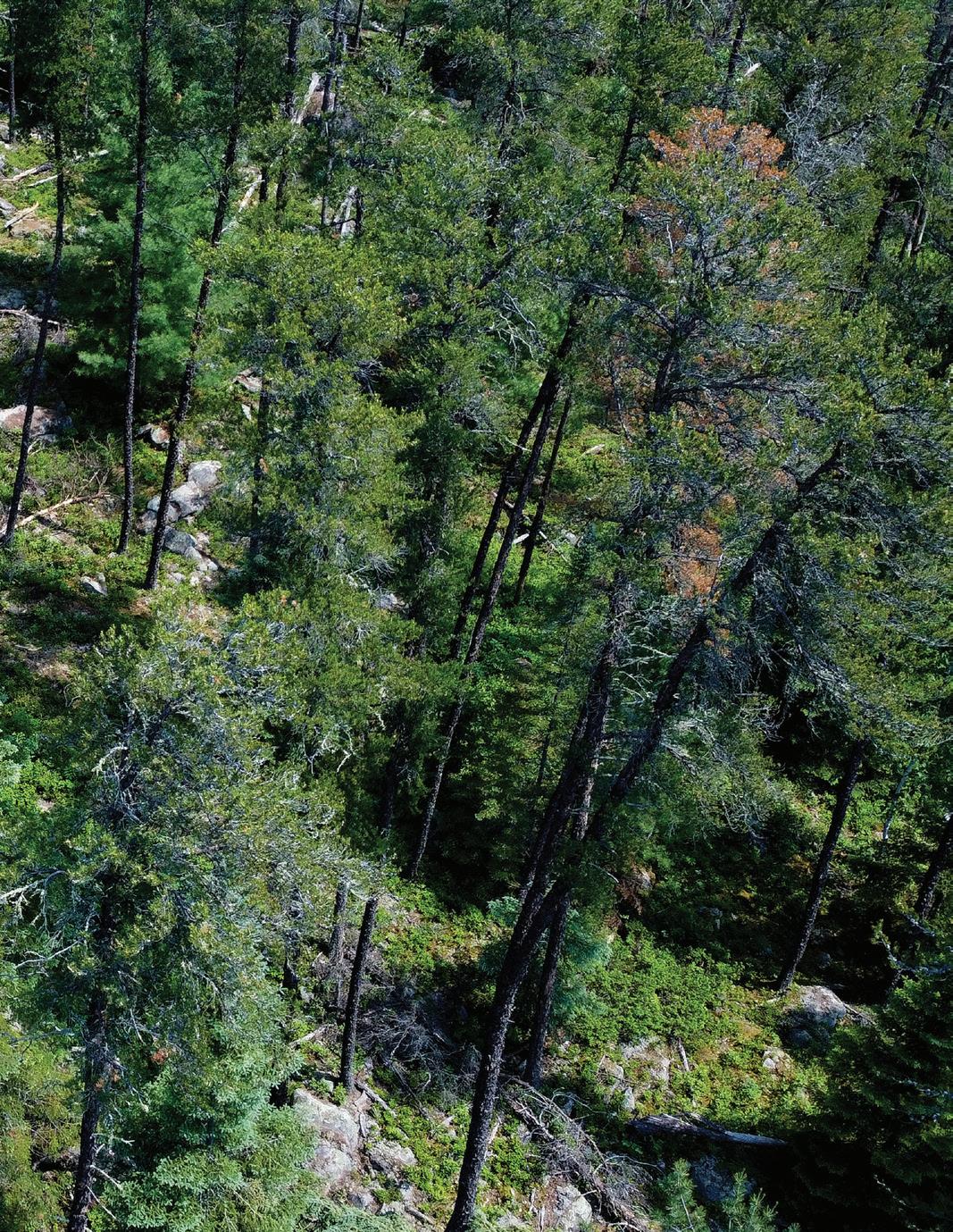
To truly understand a place, we must subject ourselves to it, be immersed in it, and commit to its experience. The position in this paradigm is about relationship-building and taking time to understand each other and the land. Place-based conceptions are essential to creating ecological design opportunities. Through kindness and openness, the place opens up in distinctive ways, helping to remove the perceptive barriers that separate us from the natural world and forming the foundation of our creative acts.
The fundamental aspect of comprehending a place lies in connecting with it and perceiving it as interrelated. Our creative pursuits revolve around cultivating a meaningful exchange between the client, the designer, and the natural environment. We strive to foster an atmosphere of openness, encouraging thoughtful contemplation of all our interconnected relationships. By cultivating habits of kindness and forging meaningful connections, we can undergo a transformative shift in mindset that enables us to build strong relationships with the environment. Consequently, this deepened understanding influences how we engage with the world around us, significantly impacting our design practices.
Andotan advocates cultivating creativity, fostering inspiration and deep connection with the process while grounding oneself mentally, emotionally, physically, and spiritually in the land. This approach emphasizes listening and developing a relationship with the place, allowing intuition to guide. Collaboration and open dialogue are encouraged, enabling individuals to express themselves however they desire.
At the core of this decolonial act lies the belief in the power of trusting the process. By actively listening and engaging in creative endeavours, one's spirit and impulses can unlock new and unforeseen possibilities. Andotan represents a declaration where project collaborators demonstrated that they have truly understood and absorbed the shared experiences and connection to place.
Throughout this journey, recognizing the importance of slowing down is essential to receive the teachings and insights that emerge fully. This paradigm aims to unveil untapped potentials and break free from preconceived limitations and existing systems, leading to transformative iterations.
Through listening, Bawaajigan is the realization of Andotan. It suggests that a vision will appear by performing this intuitive and spontaneous practice. In most design practices, intuition is often associated with a design impulse that lacks accountability to the broader complexities of a project. However, Bawaajigan suggests that as we recognize ourselves as creative beings who sense the world in conscious and unconscious ways, design concepts or ideas will arrive: not through random association but through an attentive awareness of the fuller realities of a project.
In our practice, one of the main challenges is to help collaborators realize that designs can arise in many ways and that one cannot force a design to happen. Instead, one has to be patient for the process to reveal itself. The dream or vision that Bawaajigan offers is not a manifestation of a design itself but rather a set of relationships that reveal themselves to help guide the design direction—a way of moving forward.
As a process of humility through lessons in previous design practices, Meshkwad combines two directions. The first is to understand the gifts we, as designers, can give, and the second is to understand what gifts will benefit our collaborators. Sometimes, what we design can be problematic or even a burden. We must turn to work and exchange gifts that fit our abilities and benefit all.
Additionally, we must consider the benefits that extend to non-human entities from our gifts. By carefully examining each design decision and questioning its contributions to the non-human world, we can strive for more ecological solutions. In addition, "Ecological" goes beyond sustainability; it also involves crafting spaces that hold significance and strength in their connection to the land, elevating us beyond the ordinary. Design wields its most
Photos provided are from a 6-week course on Shawn’s property at the "Forest School," where participants designed and built a place for gathering. Shawn brings students and the public out to connect to the land, discuss reconciliation, and do small design and build projects. This site is now recognized as a “National Healing Forest” by the David Suzuki Foundation. You can read more about the Health Forests initiative at davidsuzuki.org/take-action/act-locally/healing-forests.
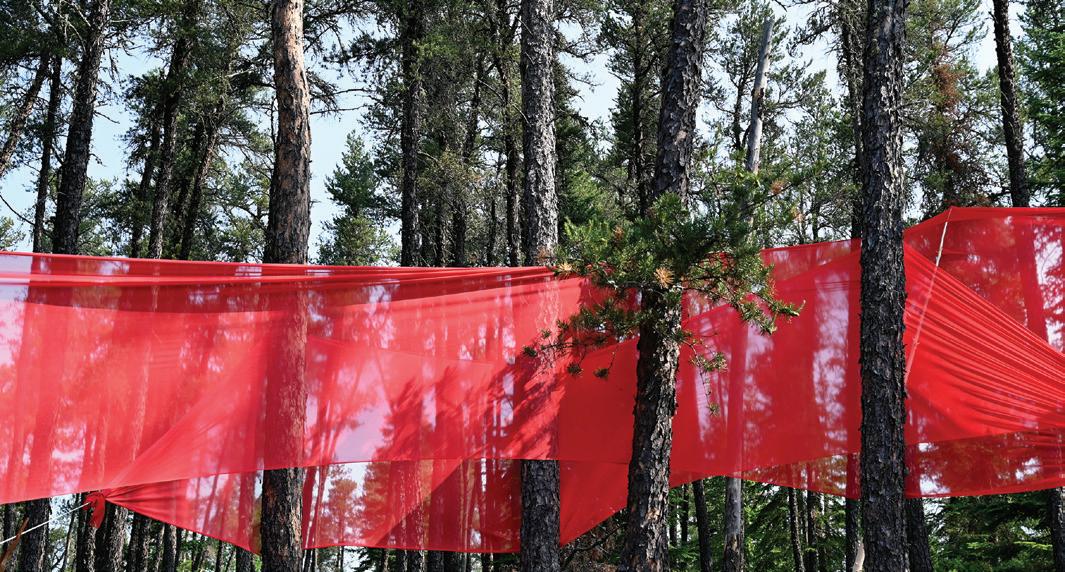
significant power at its core as an ongoing question of exchange rather than a rigid, predetermined result. It is essential to constantly revisit the concept of reciprocity inherent in the term "Meshkwad."

Beyond its value as entertainment, the powerful capacity of storytelling is the process of opening up new opportunities. The success of a project should be revealed in its ability to tell a good story. In design, storytelling happens when you acknowledge the journey and bring that story through the project. Through stories, one can see through reflection, promoting learning and growth. Engaging in design through storytelling creates a relationalfocused process that can lead to decolonizing while generating new and shared Knowledge.
This approach to design is not perfect by any means; it has been an evolving journey to reshape our narrative. Dealing with our global challenges can be
draining, but our primary goal is to strive for a more ecologically responsive world. We achieve this by carefully considering the language we employ and blending the significance of the land and each other into a good story.
As Indigenous Author Richard Wagamese beautifully describes. "All that we are is story. From the moment we are born to the time we continue on our spiritual journey, we are involved in the creation of the story of our time here. It is what we arrive with. It is all we leave behind." an



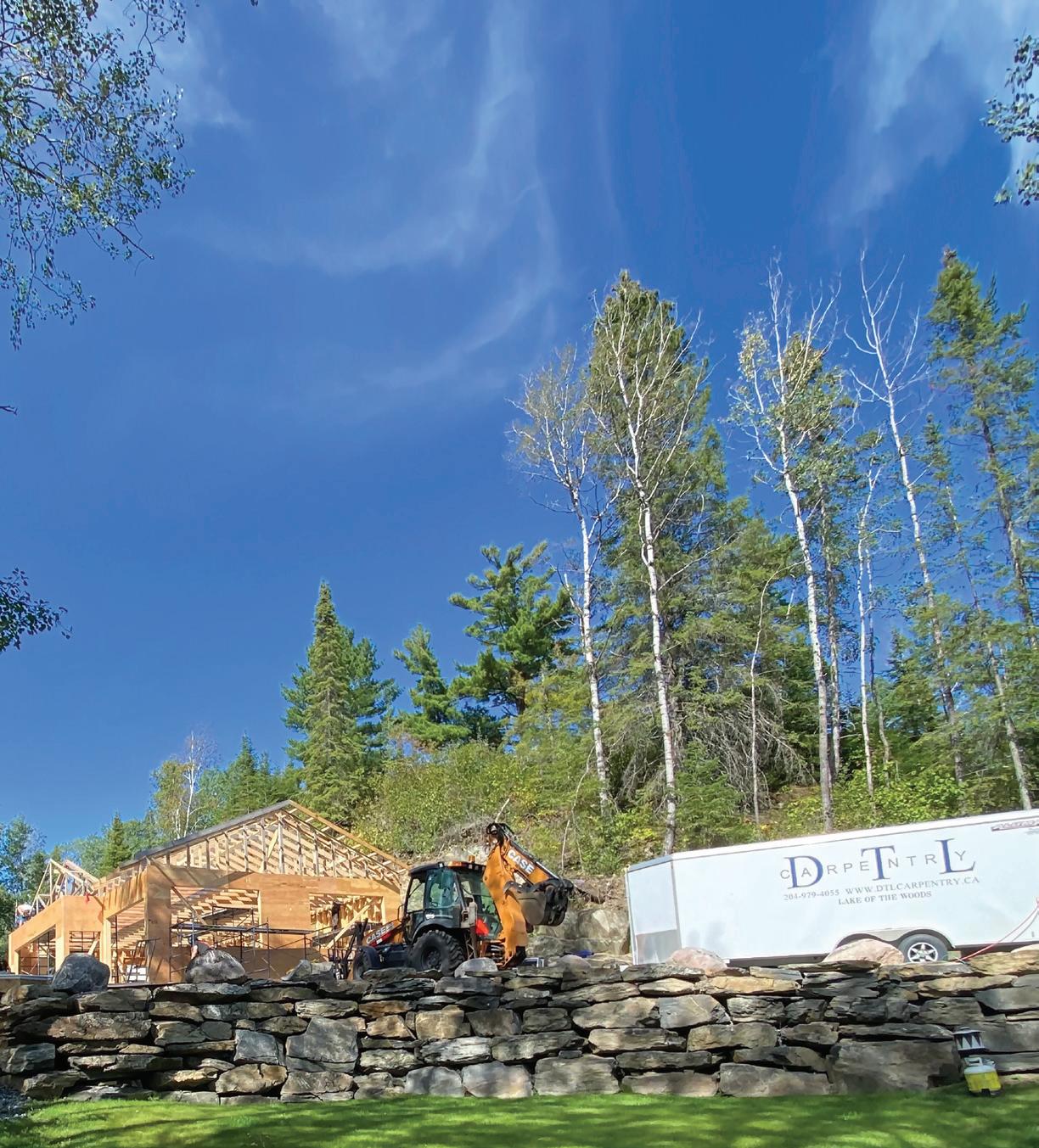
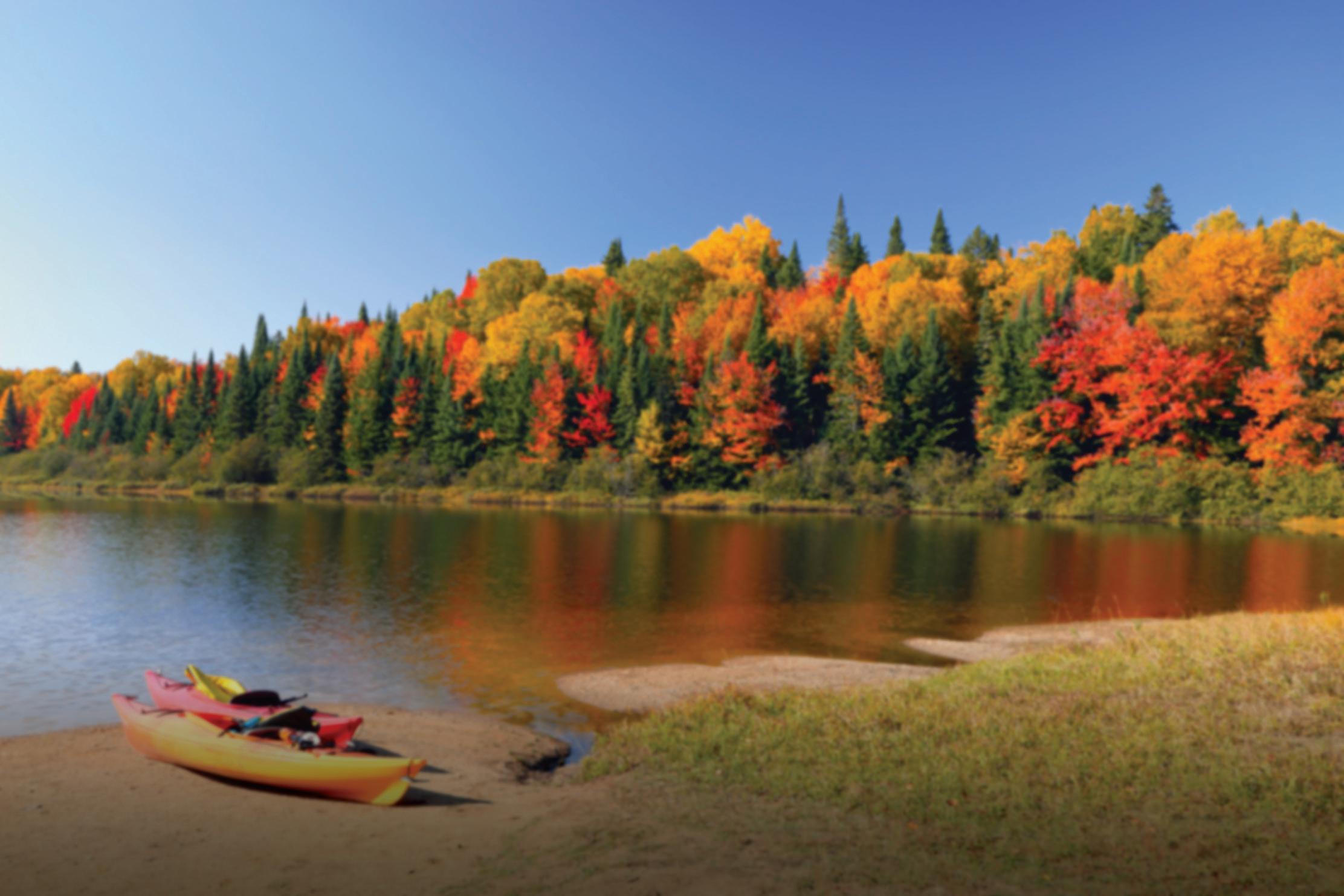






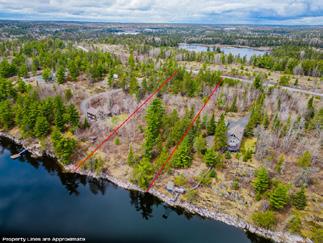

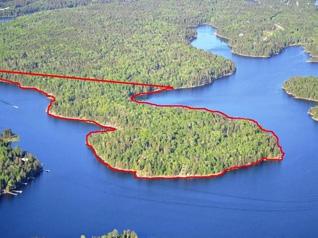








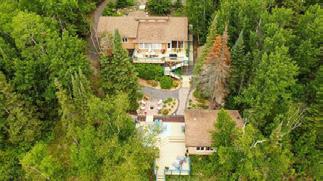

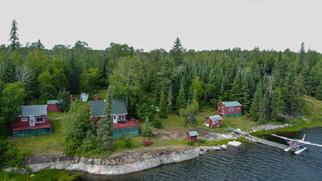



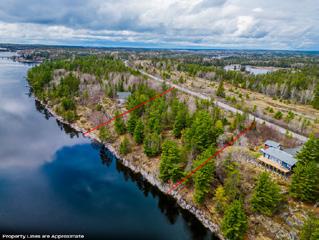



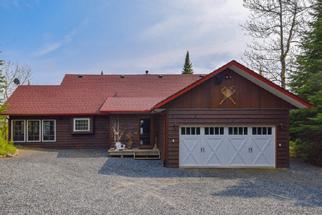


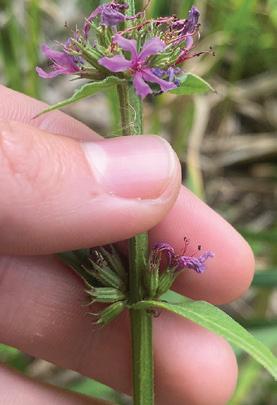 BY BRIE MCCARDLE, ENVIRONMENT PROGRAM MANAGER
BY BRIE MCCARDLE, ENVIRONMENT PROGRAM MANAGER
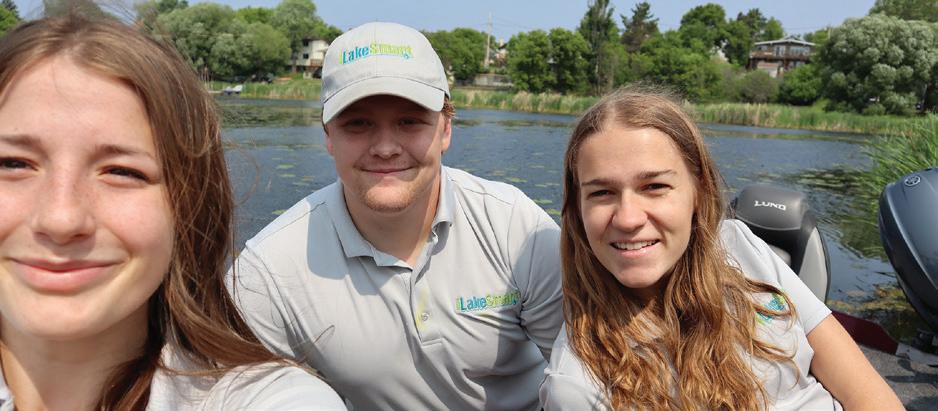
In June, I paddled along with the LakeSmart team up Laurensons Creek in Kenora to release beetles on the purple loosestrife populations as an eradication method. Purple loosestrife is a wetland invasive that was brought over in ballast water from Europe and Asia. Commonly used in flower gardens and sold in nurseries, the pretty plant is great for bees but otherwise has become a serious invader. It can be found in all the Canadian provinces (territories excluded) and throughout the United States. You can see this plant in roadside ditches, shorelines, and wetlands. It forms dense stands with thick mats of roots. The persistent roots are strong and get woodier as it ages.
On Laurensons Creek, it can be found in abundance but most notably during the flowering season. The cattail mats that line the creek light up with bright purple flowers during the growing season. Each flower contains more than one hundred seeds and throughout a season a single plant can produce as many as two million seeds.
Although there are a few plants that look like purple loosestrife, the invasive plant is easily identifiable by the square stock that has 4-6 sides and the pink/purple flowers that grow in a terminal spike-like cluster.
The mats are so concentrated, native species cannot pass as result degrading habitat for other plants species, birds, insects and more. Loosestrife grows quickly and spreads swiftly reducing biodiversity and increasing eutrophication. The monocultures alter the function of natural wetlands therefore impacting water levels. It is economically damaging when it clogs irrigation systems and possesses channels such as Laurensons Creek.
While it appears harmless, the plant demonstrates intelligent behaviour, which is more reason to act. Purple loosestrife changes to improve probability of survival in different conditions. In Northwestern Ontario, our growing season is shorter, so the plant has adapted to flowering in late June and dropping seeds in August. In the case of drought or stress, the plant holds nutrients in the roots as reserves and outlasts the stressful period. In the case of a flood like last year, it can survive by producing a tissue called aerenchyma, which exchanges gas through the roots while submerged, not allowing it to drown and instead lays passive until the flood subsides. Spreading easily, the seeds can stay dormant through the winter months and can remain dormant for years. Seeds float and with a current can be taken to new areas to populate. The growth rate with sufficient light is faster than other wetland plants resulting in superior competitive ability.
Biological control is when humans interfere with nature to manipulate populations by purposely introducing a beneficial
Title photo: The 2023 LakeSmart team Luc, Tessa, and Mimi had a busy day doing the beetle release in Laurensons Creek.product to manage an undesirable one. In this case, purple loosestrife is what we want to control. Our efforts focus on introducing Neogalercella spp (formerly of the genus Galerucella) beetles. In 1992, the Canadian and American governments approved the release of these beetles and now they are naturalized in all Canadian provinces.
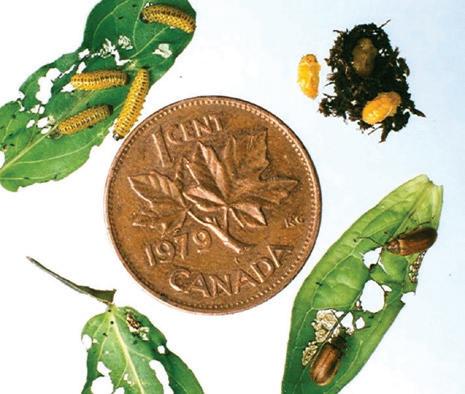
The beetles we used for our release came from Ontario Beetles in Southern Ontario. The company has over 25 years of experience and research into distributing the Neogalercella beetles to control purple loosestrife. They are only purchased as a bio-control agent, and only eat loosestrife species. If none are available, the beetles die off. Knowing they were coming, we kept an eye out for the package because they had to be released quickly for the best chance at survival. Packed in loosestrife foliage, the beetles were at three different life stages when they arrived; larvae, pupae, and adult beetles. Once they arrived, we set out in the boat and made our way to the southern side of the creek about one kilometre from Lake of the Woods. Once we were there, we laid the foliage and beetles on the base of the loosestrife mats near the center of the most populated area. Both the larvae and the adults feed on the plants and only loosestrife species. We tracked our release site early in the season and the increase of loosestrife density the day of the release was noticeable.

The plants looked healthy, and we have since returned and noticed visible evidence of Galerucella damage. We saw ‘window feeding,’ where the larvae fed on the underside leaving a single epidermal layer which looks like a window, thus the name. We also observed ‘shot hole’ feeding from adult beetles and eggs on the plants. Overall, we had a successful release day and will continue to observe the location. The beetles can survive over winter in the soil, so we are hopeful that this control will continue our efforts of purple loosestrife management for years to come.

If you see purple loosestrife anywhere, we encourage you to report it to iNaturalist or EDDMapS. They are simple reporting tools where you submit a photo and your location. The photo will be confirmed or denied as a positive identification. The more reports on invasive species, the more it is recognized as a problem and funding can be allocated. Alternatively, you can contact the Lake of the Woods District Stewardship Association to report it and have it on our radar for future eradication methods. an

 Clockwise from upper left: Larvae, Pupae, Adults, Egg Masses. Photo courtesy of ontariobeetles.ca.
Clockwise from upper left: Larvae, Pupae, Adults, Egg Masses. Photo courtesy of ontariobeetles.ca.
 BY NATURE CONSERVANCY OF CANADA STAFF
BY NATURE CONSERVANCY OF CANADA STAFF


It’s no secret to those who know and love Lake of the Woods just how special this place is. With more than 14,000 islands, over 100,000 kilometres of rugged shorelines, eagles soaring overhead and American pelicans fishing in its pristine waters, the landscape is dramatic and breathtaking. It’s also an area identified by the Nature Conservancy of Canada (NCC) as a priority for conservation.
NCC has been working to conserve land in the Rainy Lake to Lake of the Woods Natural Area since 1997, and currently protects 403 hectares of ecologically significant lands here. The unique island habitats and forest communities are the focus of NCC’s work in the area. In recent years, the area has come under increasing pressure from development, contaminants, algal blooms and invasive species. Less than 10 per cent of this vast natural area is currently under conservation protection.
Last year, after a successful community fundraising campaign, NCC purchased 82 hectares on Town Island from the City of Kenora. Local supporters from the Lake of the Woods community, including cottagers, campers and Kenora residents, helped NCC raise $2.85 million to buy the land and contribute to its long-term stewardship. NCC will help care for the island in partnership with B’nai Brith Camp (BB Camp), NCC’s neighbours on the island.
Earlier this summer, many supporters and partners who made the conservation of the Town Island property possible visited the island to mark the moment. Jon Werenko, a conservation technician working with NCC for the summer, remarked on his impressions after visiting Town Island:
“From the moment I set foot on the island, I felt a sense of harmony—the crashing waves, the leaves rustling in the wind and the distinctive calls of eagles, gulls, blue jays, warblers and sparrows created a symphony that resonated in the air around me. The sweet scents of pine and fir wafted everywhere I went, and I felt at peace in nature. Town Island’s beauty is captivating. The shoreline’s large, weathered boulders, exposed granite bedrock and jagged shale cliffs merge into a dense mixed-wood forest. The rugged shorelines add to the island’s allure. As I ventured into the forest, majestic old-growth white and red pine and poplar trees towered above me while thickets of ash, alder, maple and fir created a blend of greenery. I felt humbled by nature's abundance.”
The Nature Conservancy of Canada (NCC) is the country’s unifying force for nature. NCC seeks solutions to the twin crises of rapid biodiversity loss and climate change through large-scale, permanent land conservation. As a trusted partner NCC works with people, communities, businesses and government to protect and care for our country’s most important natural areas. Since 1962, NCC has brought Canadians together to conserve and restore more than 15 million hectares.
In the face of rapid biodiversity loss and climate change, nature is our ally. There is no solution to either without nature conservation. When nature thrives, we all thrive. To learn more, visit natureconservancy.ca.
Mirabai Alexander, NCC’s conservation biologist for northwestern Ontario and an avid bird lover, created a list of the bird species she identified while on Lake of the Woods this summer:

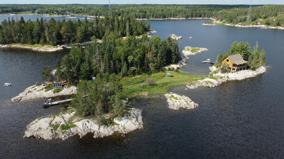

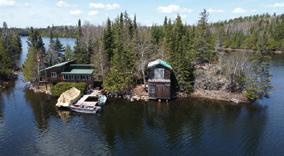

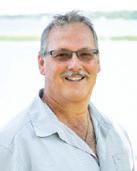
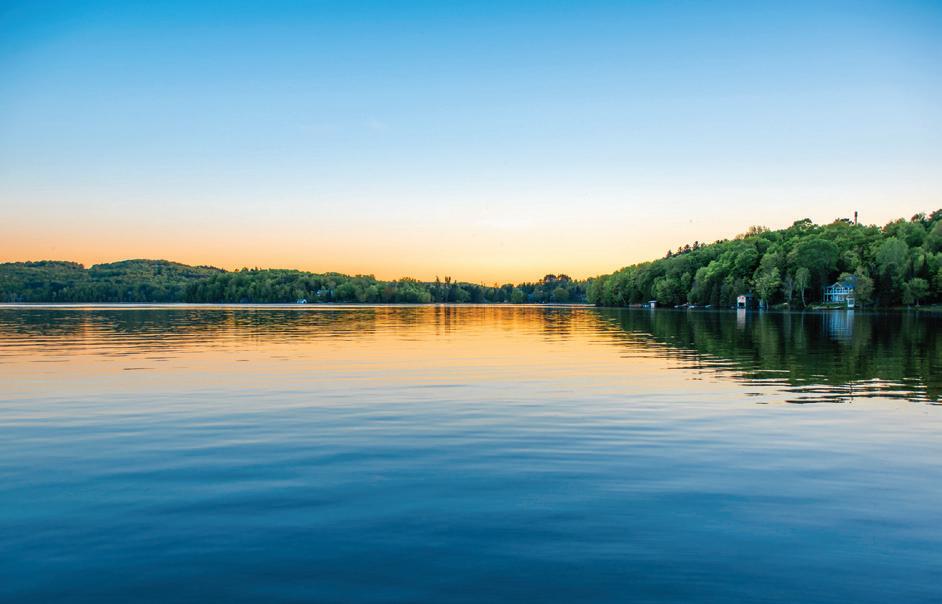
• American crow
• American redstart
• Belted kingfisher
• Black-capped chickadee
• Black-throated green warbler
• Blue jay
• Broad-winged hawk
• Cedar waxwing
• Common loon

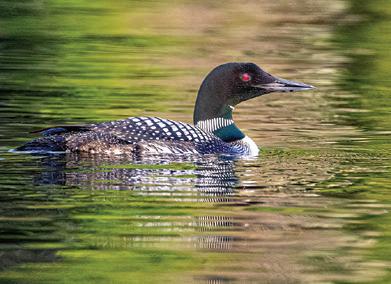
• Common merganser
• Common raven
• Common yellowthroat
• Eastern pheobe
• Golden-crowned kinglet
• Hermit thrush
• Mallard
• Northern flicker
• Ovenbird
• Pileated woodpecker
• Pine warbler
• Purple finch
• Red-breasted nuthatch
• Red-eyed vireo
• Red-winged blackbird
• Song sparrow
• Swamp sparrow
• Turkey vulture
• White-throated sparrow
• Winter wren
• Yellow-bellied flycatcher
It’s no wonder this area is a priority for conservation. NCC plans to continue its work here, and is open to hearing from anyone who might like to learn more, discuss options for their land, or explore ways to support this work. For more information, please contact Laura Vaughan at laura.vaughan@natureconservancy.ca or visit natureconservancy.ca. an
A common loon is a common sight on Lake of the Woods. Photo: Mhairi McFarlane, NCC staff. CARMICHAEL REAL ESTATE HAS BEEN SERVICING BUYERS AND SELLERS AT ALL PRICE POINTS FOR OVER 24 YEARS IN THE KENORA AND SURROUNDING AREA. CALL ME DIRECTLY FOR ASSISTANCE AND QUALIFIED EXPERIENCE AT 807-466-2236. Armstrong Lake $725,000 LockeBay, Wpg River $499,000 Gun Club Island $714,900 Private Island, Wpg River $389,000 Private Island, LOTW $599,000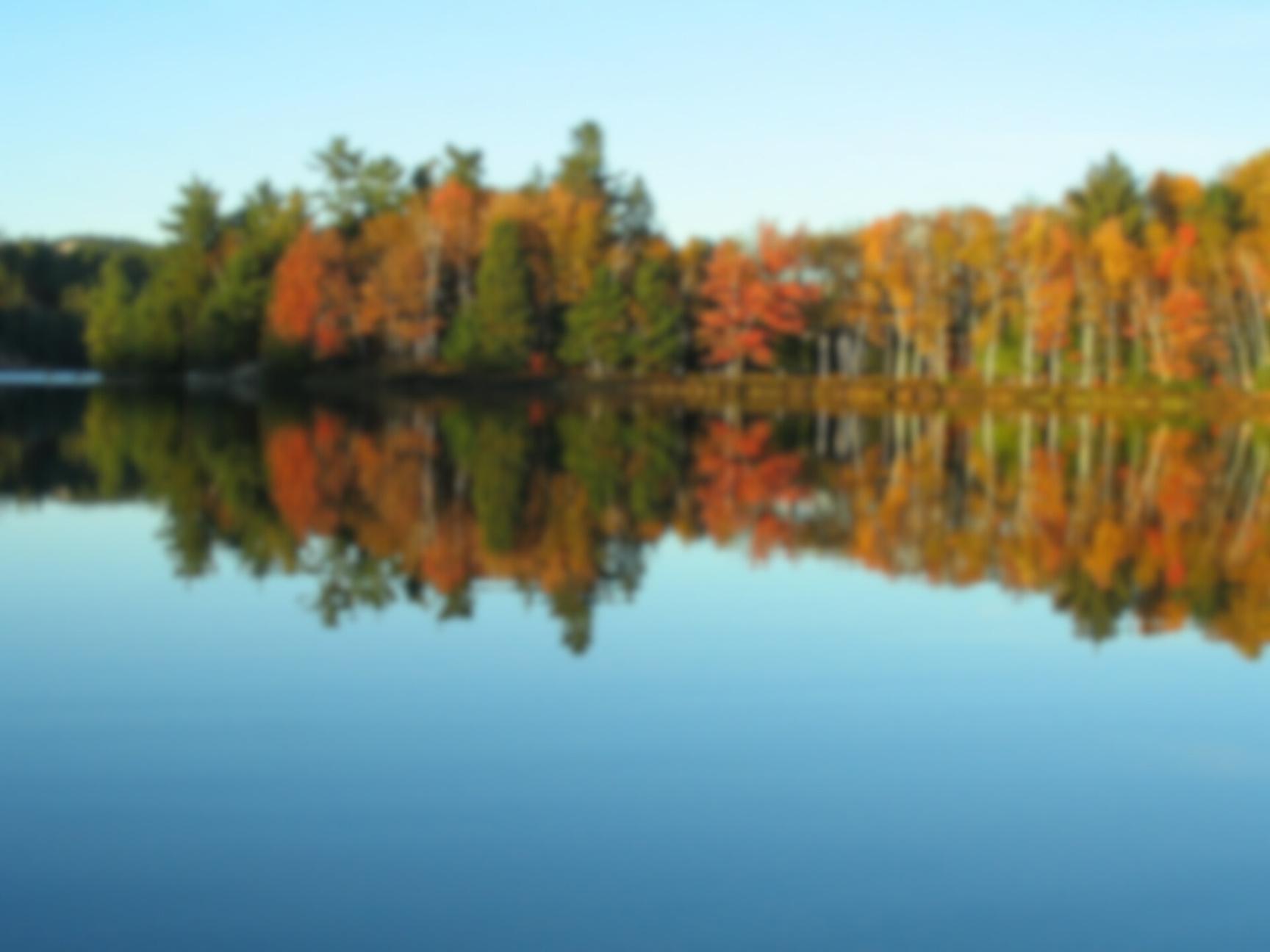




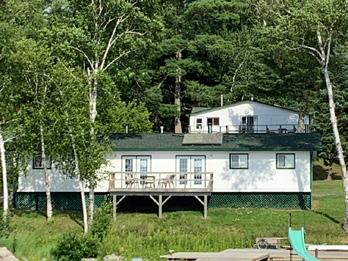



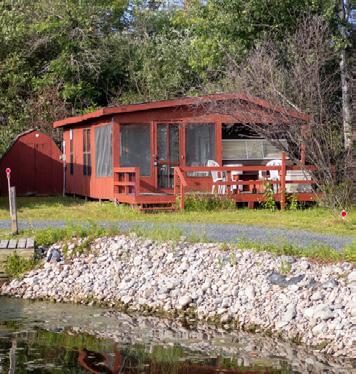

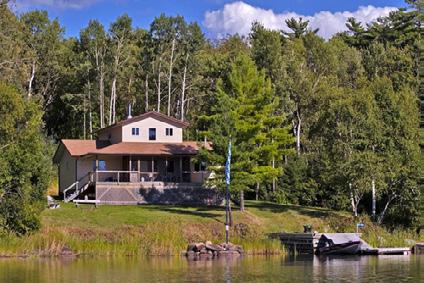


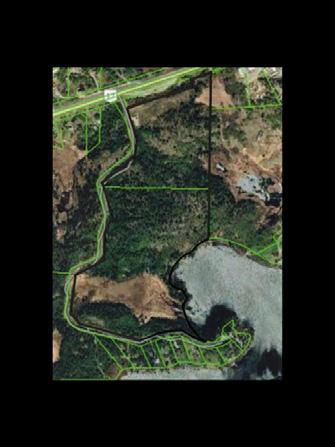
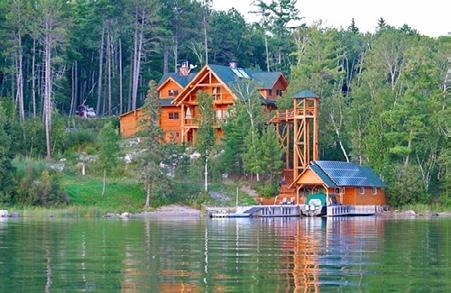









While it might seem as though the past few summers at IISD Experimental Lakes Area—the world’s freshwater laboratory— have been busy, the 55th field season might actually have been the busiest yet.
It seems as though every night this summer, our accommodation was packed to the gills as scientists and students from locales as far-flung as Nigeria, Scotland, Texas and Dryden come together to spend the summer exploring the most pressing issues that threaten our precious freshwater supplies. Right in our backyard.
Amongst the many issues being tackled this summer were questions around what happens when small pieces of plastic (or microplastics) end up in a lake, what happens when the tires we drive around the region slowly break down over time (with the residue ultimately being washed up into lakes) and what those cleaners and detergents we used so liberally over the pandemic could be doing to the health of our freshwater supplies. All critical work, few would deny, but for those living in the local area, it can be a little tricky to keep up to date with what is happening, and to navigate those scientific concepts.
One of the many trusty educators on site this summer to make sure that all this critical work was clearly communicated to those who visit the world’s freshwater laboratory, of all ages and levels of education, was Cassidy Mazur.

The beady-eyed among you who follow the work of LOWDSA, and regularly read this publication, will recognize Cassidy from her previous life—working for the organization to help educate local youth about environmental and scientific work going down in the region.

A native Winnipegger, Cassidy is no stranger to the area, having spent formative summers at a cabin in Nestor Falls, just a hop, skip and a jump away from IISD-ELA. She cannot help but feel an emotional connection to nature when she is here. She credits the
region with having inspired her to understand natural processes and to engage more actively in the fight to protect the environment.
It was also during those summers that she learned about the world’s freshwater laboratory, through her uncle who told her tales about “all the cool work that goes down there,”memories that were refreshed and expanded upon during her four-year undergraduate tenure studying environmental studies at the University of Manitoba.
Now working full-time at IISD Experimental Lakes Area, Cassidy gets to discover what the site has blossomed to become, as she works to connect IISD-ELA with the denizens of the local area. This ranges from going out to Kenora to do educational programming at local schools to a new program this year that invites local students to visit the site once a month and get their hands dirty—and wet!— discovering the science firsthand.

Like many locals, Cassidy is surprised but greatly honoured that such an internationally significant research facility, with such a unique approach to understanding local species, the Boreal Forest and the impact of what humans do to them, is housed right in her backyard.
And as important as communicating the science (and the pressing and emerging environmental issues that necessitate them) is, Cassidy also sees this role as way of letting local youth know about all the potential career opportunities that this sector has to offer and could be available to them.
To learn more about the world’s freshwater laboratory, and to discover the opportunity for locals to visit the site in person, you can contact Cassidy directly at cmazur@iisd-ela.org. an
 Title photos, left to right: Cassidy and Catherine Goltz collect water level data from a stilling well; Cassidy and Dean McLeod pose with the 2022 ELSE high school students as they depart on the course's annual backcountry canoe trip; Cassidy enjoys paddling on Roddy Lake.
Title photos, left to right: Cassidy and Catherine Goltz collect water level data from a stilling well; Cassidy and Dean McLeod pose with the 2022 ELSE high school students as they depart on the course's annual backcountry canoe trip; Cassidy enjoys paddling on Roddy Lake.
Put a plan in place. Ensure there's enough science and management expertise. Coordinate actions bi-nationally. That’s our mission.
BY TODD SELLERS, EXECUTIVE DIRECTORThe Lake of the Woods Water Sustainability Foundation plays an essential role in coordinating the network of resource management agencies, government partners, and civil society contributors to watershed science and governance. This year, our coordination has been instrumental in driving forward the second phase of a project to develop recommendations for water quality Objectives and Alert Levels for the Rainy-Lake of the Woods Watershed. The International Joint Commission holds responsibilities for regulating water quality in our watershed, so this project will be administered by the IJC watershed board’s Aquatic Ecosystem Health (AEH) Committee, which is co-chaired by the Foundation Executive Director, Todd Sellers.
Objectives are international standards agreed to by Canadian and U.S. governments for boundary waters. Alert Levels are IJC watershed board-adopted trigger thresholds for advising the IJC and governments of issues of potential concern, where there are no international Objectives established.
Contemporary international water quality objectives for the boundary waters of Lake of the Woods and the Rainy River and Alert Levels for the broader watershed have not been established. Phase 1 of the Objectives and Alert Levels project, done in 2019, identified that that phosphorus, a nutrient that feeds excessive algae blooms on Lake of the Woods, was the only issue significant enough to warrant internationally agreed-upon Objectives. Phase 1 recommended developing a set of total phosphorus Objectives for various segments of the Lake of the Woods and the Rainy River, whereas other contaminant or aquatic ecosystem health issues could be addressed by Alert Levels.
Phase 2 of the project is now moving forward, having received funding approval from the IJC International Watershed Initiative Program. For this project, the Foundation has brought together several water resource experts who will work to develop a suite of specific metrics (i.e., concentrations, loads) for international Objectives for segments of Lake of the Woods and the Rainy River.
These partners will also select and establish Alert Levels for a short list of contaminant substances and aquatic ecosystem
health indicators (e.g., invasive species) based on demonstrated risk. Finally, the project experts will provide a technical scoping to recommend elements of a core (a.k.a. long-term) monitoring program to support these Objectives and Alert Levels for exceedance reporting, progress assessment, and adaptive management in the future.

The Foundation will continue to support the Phase 2 project team’s work while helping to communicate its recommendations to the public. Ultimately, the goal of all who contribute to this project is to see Objectives and Alerts put in place that will help us achieve and sustain better water quality throughout the watershed.
Until international phosphorus objectives are agreed to by governments, the IJC watershed board has adopted an interim approach of reporting on exceedances compared to the most stringent water quality criteria used by local state, provincial, or federal agencies for these shared waters.
Again, the Aquatic Ecosystem Health Committee, co-chaired by Todd Sellers, is leading the IJC International Rainy-Lake of the Woods Watershed Board’s current compilation of its annual water quality exceedances report. The report draws on monitoring data provided by federal, state and provincial, and Indigenous agencies and will focus on phosphorus and related algae levels on Lake of the Woods and Rainy River, the principal water quality issues of international concern. Phosphorus is the primary nutrient feeding algae blooms and phosphorus loadings to the lake and its main tributary, the Rainy River, has been the focus of intensive studies by Minnesota and Canada.
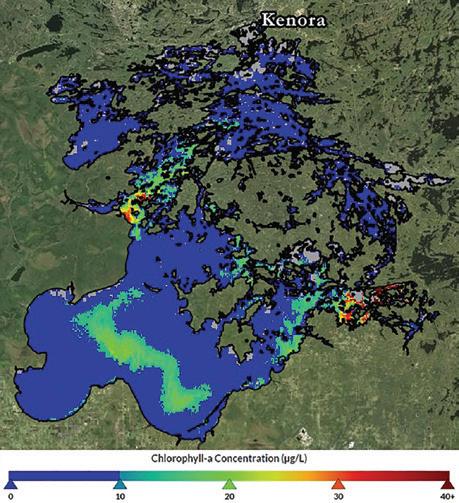
The report will also present a summary of exceedances or spills (if any) of the permitted wastewater facilities discharging into the Rainy River and Lake of the Woods.
The report should be completed and submitted to the IJC in late fall—we’ll let you know when it is available and have a summary of findings in a future issue of the Area News
After a hot June but cool and sometimes smoky July, the algae bloom on Lake of the Woods started to develop in late July and early August as usual. Blooms began in the southern Big Traverse Bay and in the Morson-Sabaskong area to the south-east and in the Northwest Angle – Middle Channel area of south to north flow of the lake as indicated by the satellite-derived chlorophyll-a concentrations for August 7 (Figure 2).

Algal blooms in Lake of the Woods typically peak in the late fall, and progress into the north-central area of the lake. Thus, more extensive blooms are expected to come later, expanding in extent and severity into the fall. Last year, peak severity occurred on October 13, 2022. We’ll have a complete report on the annual bloom conditions later in the fall, once the satellite tracking is complete for the season.

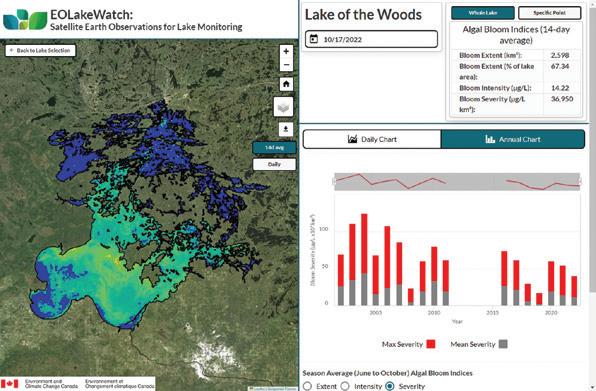
We’ve all seen the compelling satellite pictures of blue green algae blooms covering Lake of the Woods. As part of the Environment and Climate Change Canada’s Lake of the Woods Science Plan (2016-2020), Dr. Caren Binding developed a system to harness these images for near real-time tracking of algae blooms and computation of indices of bloom severity, intensity and extent across the lake. At that time, Dr. Binding launched an online tool, ECCC’s EOLakeWatch, for public access to this information. I highly recommend you check it out!
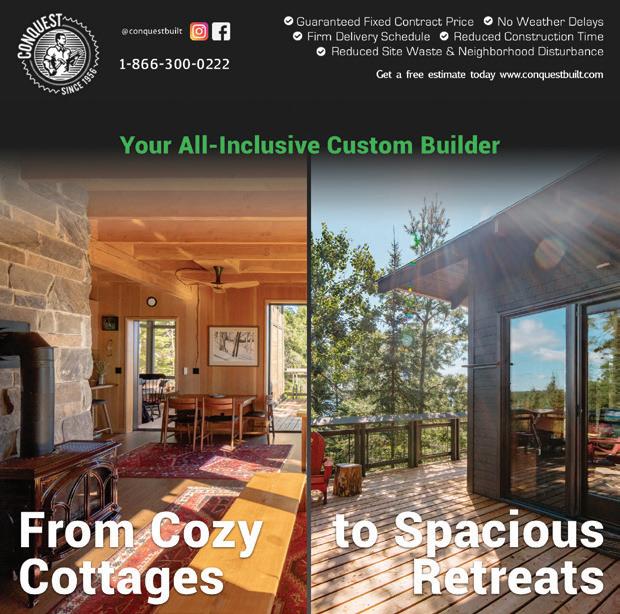
Coming soon is a “version 2.0” of the EOLakeWatch interactive visualization and data portal for the satellite image processing system. I’ve had an opportunity to view the beta version and am very impressed. It provides ability for the public to display and download maps, charts and data on bloom indices that can be customized to visually show daily values, 14-day averages, and current year blooms compared to the historical values from 2002 and on.
These indices and tools will be extremely useful in monitoring and measuring the effectiveness of efforts to cut phosphorus to reduce harmful algae blooms. Fantastic stuff! We’ll let you know when the upgraded online tool is available. For now, I highly recommend you check out the current version and subscribe to the EOLakeWatch email list for bloom updates. an
Figure 3: A sneak-peak at the enhanced version 2.0 EOLakeWatch satellite algae monitoring online tool currently in development by Dr. Caren Binding at Environment and Climate Change Canada.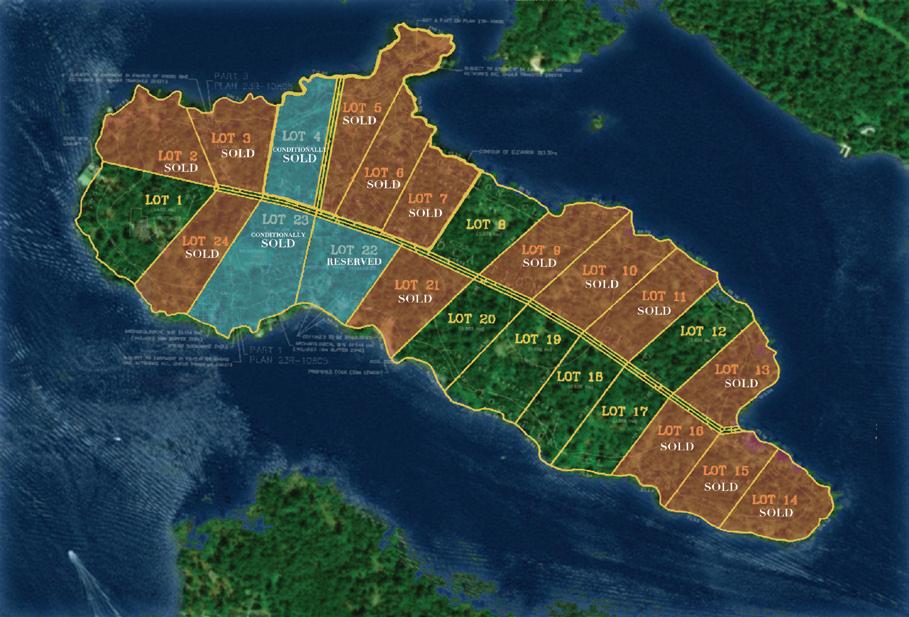


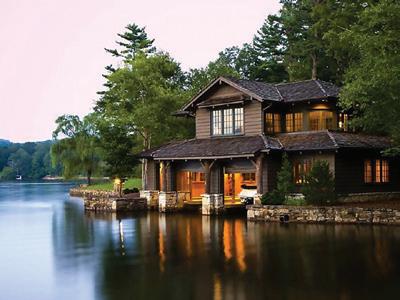


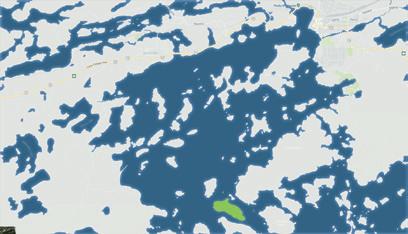






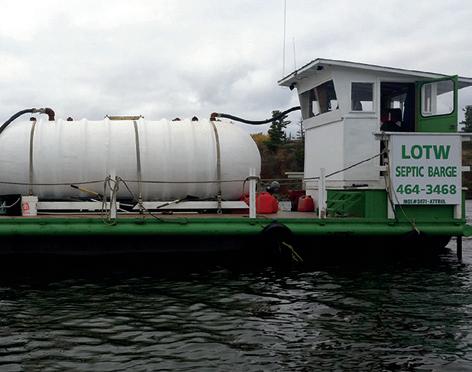

Cottages and summer homes are most vulnerable to thieves and subject to damage or vandalism in the off-season—from the week following Thanksgiving to the weeks prior to Victoria Day—especially if the owners are not using them regularly in the fall, winter or spring.
With the Labour Day weekend finished, many cottage and seasonal property owners now begin to consider the closure and winterizing of their properties. The Federation of Ontario Cottagers’ Associations (FOCA) wants to help you protect your investment, year-round.
Remember, the cost of owning a cottage or summer property could include the frustration and irritation of repairing damage and replacing stolen property, if no one is living there or checking it regularly.

If you own a cottage or other rural seasonal property, it’s time to consider the following:
Secure your windows and doors. Close window curtains or blinds and put up shutters to protect the interior from marauders (animal or human).
Leave no valuables at the cottage (electronics, personal items, tools) unless you’re prepared to lose them. Lock up sporting goods that you decide must stay year-round (fishing rods & equipment, water skis, toys). Record the serial numbers of anything of value left behind. Marking your valuables with a drivers’ license number can help deter a thief or aid in property recovery.
Remove all food, and anything that may attract animals. Pack up and take home all alcohol. Don’t leave firearms or weapons at the cottage.
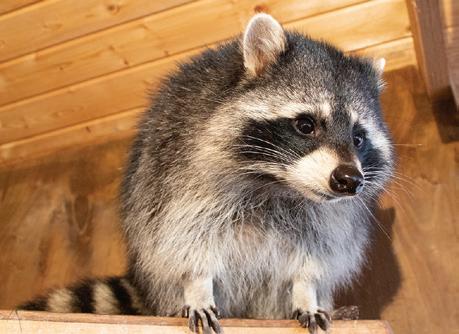
If you are leaving vehicles, boats, ATVs or snow machines, make sure they’re winterized and secure. Leave nothing on trailers unless it is locked or disabled.
Designate a year-round contact or key-holder for: alarms, thefts, weather damage or animal problems.
Make a list of where everything is and make copies. Store one copy on your home computer and put a copy with items that will go back up to the cottage on your next trip.
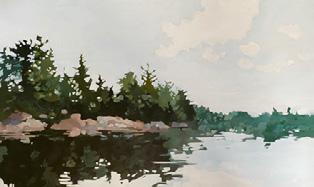
If you have propane appliances, make sure they are properly shut down.
Drain all water pipes, water heaters and fixtures, to avoid freezing.
Defrost and unplug the refrigerator.
Make sure your smoke and carbon monoxide detectors are working properly (replace if necessary) and ensure they have fresh batteries. You should have detectors on all floors and outside all sleeping areas.
Place an open box of baking soda inside the refrigerator to keep odours away.
Scatter moth balls in the attic and anywhere small animals or bugs might gather.

Cover windows with shades for storm protection and theft prevention.
Check your property insurance to ensure the coverage you have in place is adequate and appropriate for your needs.
Organize snow removal if it will be required over the winter.
Know which police force patrols your cottage area (which OPP Detachment and their phone number). Set up a network of neighbours to prevent and detect crime in your area, know your neighbours, their movements and vehicles, and connect with the local OPP detachment. Watching out for suspicious activity in and around your neighbours’ property can go a long way to lowering the incidence of property crime.
Visit foca.on.ca/Resource-Kit for more information.
It is a good idea to check your insurance policy or talk to your broker before shutting down for the season. Your insurance company may require you to check in on your property at regular time intervals or have a monitored alarm system or other requirements.
Turn the heat down (10°C) or off. If you choose to turn the heat off be sure to understand how to drain your water system to prevent pipes from freezing. Turn off the gas supply as well.
Turn off or unplug baseboard heaters.
Unplug any unnecessary appliances (or turn off breakers). Turning the power main off is not a good idea if you have sump pump, exterior lights and/or alarms.


Check for and repair any openings mice, squirrels or other small animals can enter through.
Clean outdoor furniture and move it inside the cottage or a shed.
Inspect the roof for damaged shingles. Replace if necessary.
Check the caulking around all windows and doors.
Clean out the eaves troughs to allow melting snow to drain properly and inspect all fascia boards.
Leave a spare key and your contact information with someone you trust who can check the cottage regularly.
Cut back branches and trees as well as dead or damaged branches that overhang your cottage and outbuildings.
Lock all doors and windows.

In Canada, the cost of food has increased 8.3 per cent from June 2022 to June 2023. However, food waste is as much an environmental concern as it is an economic one. This article will help you find ways to reduce not only your food waste, but also your environmental footprint, and your monthly food bill.
According to the organization Leftovers (rescuefood.ca) 3.2 million tonnes of edible food is wasted in Canada each year, and only about 4 per cent of that food is rescued and redirected to people in need, and a small percentage is used for biofuels, animal feed or composted. It has been estimated that about 16 per cent of Canadians are severely food insure.
When food waste decomposes in landfills it generates methane, a greenhouse gas 25 times more potent than carbon dioxide (CO2) and becomes a significant contributor to climate change. Methane arises due to food waste decomposition in landfills occurring under anaerobic (low oxygen) conditions, in contrast to your backyard composter where food waste decomposes aerobically (under high oxygen conditions), preventing methane production. Additionally, when we waste food, we are also wasting the land, water, energy, and other resources such as packaging, that went into producing that food, resulting in additional pollution and impacts on our natural environment.
• Make your grocery list before shopping, checking for existing perishables in the fridge.
• Consider buying frozen fruit and vegetables which will keep much longer and have the same nutritional qualities.
• Keep two containers in the freezer for fruits and vegetables that are getting past their prime for eating fresh. Up your fruit intake by freezing fruit, such as bananas, strawberries, and blueberries to later make a nutritious and refreshing smoothie. Your rescued vegetables can be later roasted and made into a delicious soup.
• Get creative with your cooking. Search the fridge for the food with the shortest shelf life and find recipes online that can use turn those foods into creative and delicious meals.
• Air fryers have become very popular. They can be used to quickly crisp and freshen crackers, nuts, or other food that have become a little soggy from someone not closing the packaging properly.
• Stale bread can be roasted for breadcrumbs, croutons, or a base for bruschetta.
• Consider freezing surplus cheeses and dairy products.
• Try preparing and storing your vegetables in clear containers, so they’re clearly visible and easy to access when looking for ingredients for your next meal.
• Herbs like cilantro, and vegetables like celery, will stay much fresher if placed in some water.
• Pickling or fermenting vegetables is another great way to extend their shelf life. See recipe on page 52.

• There are many websites, including foodprint.org/blog/ how-to-store-vegetables/ to help you ensure you are storing food in a way to maximize its freshness.
Addressing food waste requires efforts at multiple levels, however as individuals there is much we can do to minimize food waste and tread a little wiser on our world all at the same time. an
According to the Canadian Food Inspection Agency, a “Bestbefore” date, also known as a durable life date, means that if the food is unopened and stored as recommended, the food should be of high quality until that specified date. After this date, the food may have lost some of its freshness and flavour or a change in texture, but in most cases, the food should still be safe to eat much longer than the best-before date – so don’t be so quick to discard this food.
Foods that will keep fresh for greater than 90 days are not required to be labelled with a “best-before” date, as they are generally considered to be shelf stable.
On the other hand, foods that are past “expiration dates” may not have the same nutrient content, and should not be consumed. Examples include infant formula and formulated liquid diets.
Foods that will spoil, like meat and dairy, should be properly stored and eaten as quickly as possible to ensure that harmful micro-organisms don’t grow and cause foodborne illness. To reduce food waste, ensure that you cook and/or freeze any food you can’t consume before it might spoil.

 BY ANITA & HENRY RASMUSSEN
BY ANITA & HENRY RASMUSSEN
“Something there is that does not love a wall” nor fence nor barrier of any kind, for that matter. The stone wall referred to in Robert Frost’s poem, Mending Wall, has constantly been dislodged and tumbled down by winter frosts and autumn rains so that each spring it needs mending again. It would seem that nature itself abhors a fence. Yet we humans persist in building walls and fences to surround and separate our property from our neighbour’s. The whole notion of property seems to encompass some type of enclosure whose main purpose is to secure boundaries by either keeping something in or keeping something out.
In an attempt to keep wilderness at bay, pioneering farmers struggled to secure their allotments to provide safety for their cattle, sheep and other farm animals. Barricades encircled their
garden plots discouraging predators and repelling other pests. Disputes often flared up between early ranchers and farmers over the question of fencing in property, at times escalating into outright war. The pros and cons of fences continue unabated today sometimes eliciting strong feelings on either side of the issue.
Fences come in all shapes, sizes, widths, heights and materials, from the decorative white picket fences of suburbia and the fortress-like walls of gated communities, to the golden extravaganzas of kings’ palaces and everything in between. Who has not been charmed by images of the continuous white wooden fences of lush Kentucky horse country, or the ubiquitous stone walls outlining the meadows of the English moors. Not all fences are attractive, of course. Picture the rough barriers erected around a construction site, unsightly, but necessary in the interest of safety.
Most people fence their property for practical reasons. Pets can be an issue, whether other people’s or one’s own, along with the desire for privacy. Protecting vegetable gardens and flower beds is of primary importance for those folks who try to produce their own supply of food and decorative plants. And of course property lines are of vital importance to everyone in a civil society. We have all heard of neighbours who have waged war over real or imagined encroachments onto one

Something there is that doesn’t love a wall, That sends the frozen-ground-swell under it, And spills the upper boulders in the sun; And makes gaps even two can pass abreast. The work of hunters is another thing: I have come after them and made repair Where they have left not one stone on a stone, But they would have the rabbit out of hiding, To please the yelping dogs. The gaps I mean, No one has seen them made or heard them made, But at spring mending-time we find them there. I let my neighbor know beyond the hill; And on a day we meet to walk the line And set the wall between us once again. We keep the wall between us as we go. To each the boulders that have fallen to each. And some are loaves and some so nearly balls We have to use a spell to make them balance: ‘Stay where you are until our backs are turned!’ We wear our fingers rough with handling them. Oh, just another kind of out-door game, One on a side. It comes to little more: There where it is we do not need the wall: He is all pine and I am apple orchard. My apple trees will never get across And eat the cones under his pines, I tell him. He only says, ‘Good fences make good neighbors.’ Spring is the mischief in me, and I wonder If I could put a notion in his head: ‘Why do they make good neighbors? Isn’t it Where there are cows? But here there are no cows. Before I built a wall I’d ask to know What I was walling in or walling out, And to whom I was like to give offense. Something there is that doesn't love a wall, That wants it down.’ I could say ‘Elves’ to him, But it’s not elves exactly, and I’d rather He said it for himself. I see him there Bringing a stone grasped firmly by the top
In each hand, like an old-stone savage armed.
He moves in darkness as it seems to me, Not of woods only and the shade of trees. He will not go behind his father’s saying, And he likes having thought of it so well He says again, ‘Good fences make good neighbors.’
another’s property. Many lawsuits and worse have ensued when a simple fence might have solved or even prevented the problem in the first place. Fencing rules and regulations are subject to local bylaws, so it is always wise to inform oneself before making any plans. Our personal efforts in thwarting the ever vigilant urban deer population involved a process resulting in the wrought iron fencing that protects our front yard garden today. Prior to that happy day all emerging flower buds were nipped and hostas and shrubs decimated on a regular basis. In the back yard, we were not to see a single tulip, lily or rose bloom for several years running. Finally, we got the message. If we wanted to surround ourselves with vegetable and flower gardens, we had to fence them in. And so we did. At Razberry Lane, the greenhouses are protection enough. All other gardens are protected in some manner or other.
We constantly encounter people who bemoan the loss of their once productive vegetable gardens. They have had to give them up, conceding that wildlife has won the battle. Though we also have regular visits from local deer, their big brown eyes can only gaze longingly at our gardens through the simple but effective fencing surrounding them.
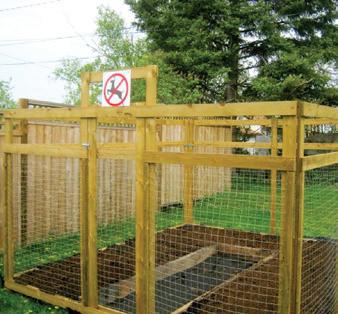
In conclusion, we would encourage fellow gardening enthusiasts not to give up on growing things. The surest and best way to victory over the wildlife population is to build a fence. Only then can one garden happily with peace of mind. And a fence need not be an obstruction or an eyesore. One simple method is the use of stucco wire in combination with wood framing which results in a see-through fence at a reasonable cost.
We leave you with the last line of Frost’s poem. The poet reminds us throughout the poem why it’s so important to keep mending that wall but his neighbour has the final word: “Good fences make good neighbours.” an
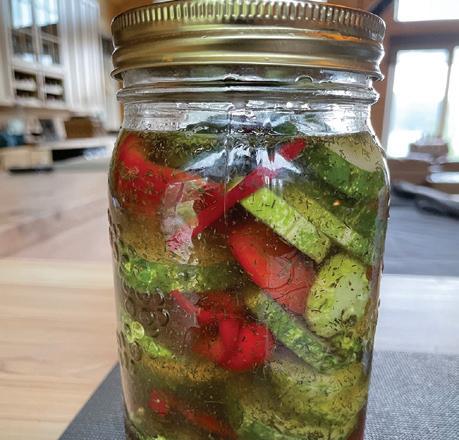 BY SHARON GURNEY, GRANITE LAKE
BY SHARON GURNEY, GRANITE LAKE
I love to grow vegetables at the lake, but sometimes it is hard to keep up with the supply of fresh vegetables. There are many ways to extend their shelf life and ensure these vegetables don’t go to waste and end up in the compost or worse yet the landfill. One of my favourite options is to make quick and easy fridge pickles. I personally like a sweet and spicy variety, although you can use a variety of spices to suit your palate. They are great on burgers or sandwiches, or on a charcuterie board paired well with a glass of Chardonnay on the dock.
400 g vegetables, such as sweet and hot peppers, cucumbers, red onion, cauliflower, or any other crunchie vegetable that won't last too much longer in the back of your crisper.

250 ml white cider or white wine vinegar.
125 ml water
1 tbsp sea salt
1 tbsp sugar
Spice up your mixed pickles with one or more of your favourite spices such as garlic, fresh dill, fennel seeds, mustard seeds, rosemary, ginger, or hot chilli peppers.
1. Bring the water, vinegar, salt and sugar to a simmer to dissolve ingredients. Leave to cool.
2. Slice up your crunchie vegetables into bite-size pieces and put them into a clean 1.0 L sealer.
3. Add your spices of choice to the jar.
4. Pour the cooled brine into the jar.
5. Close the lid and invert to mix the ingredients.
6. Let your pickles sit for about 24 hours in the fridge. They should keep for up to 8 weeks.
7. Enjoy your homemade pickles in burgers, sandwiches, pasta salads, or on a charcuterie board.


Of all the living things in the north woods, lichens are perhaps the most overlooked. Yes, they’re small, but when you pay attention you’ll see them everywhere, maybe starting with those curious, crusty green patches on the bark of old trees on your street. In fact, eastern Manitoba, western Ontario and northern Minnesota are home to at least 700 species. They’re also present year-round.
Lichens love inhospitable places. Where they grow is often the first step in identification. Some flourish on bare soil, rotting logs, old brick walls, and even sun scorched rocks and cliffsides. Others prefer the bare bark and branches of deciduous and coniferous trees. Old trees usually have the most lichen diversity. However, because they lack roots, stems and leaves, they take nothing from their host.
Lichens are complicated and there’s much we don’t know. In simple terms, they’re actually two or even three organisms in one. They consist of a fungus, an alga and sometimes a cyanobacterium living together as a single unit. The latter two use sunlight to photosynthesize food in the form of glucose for themselves and for the fungus. In turn, the fungus provides shelter and moisture. This type of mutually beneficial relationship in nature is called symbiosis.
In many ways lichens are as much tiny ecosystems as they are individual organisms.
Trevor Goward, a lichenologist describes them as “fungi that have discovered agriculture."
A host of animals utilize lichens. Hummingbirds use shield lichens to camouflage their nests. Deer and moose love to eat fruticose tree lichens. Tree frogs have evolved to even look like lichens, thereby gaining camouflage. Lichens also provide vibrant dye colours and are bio-indicators of air quality.
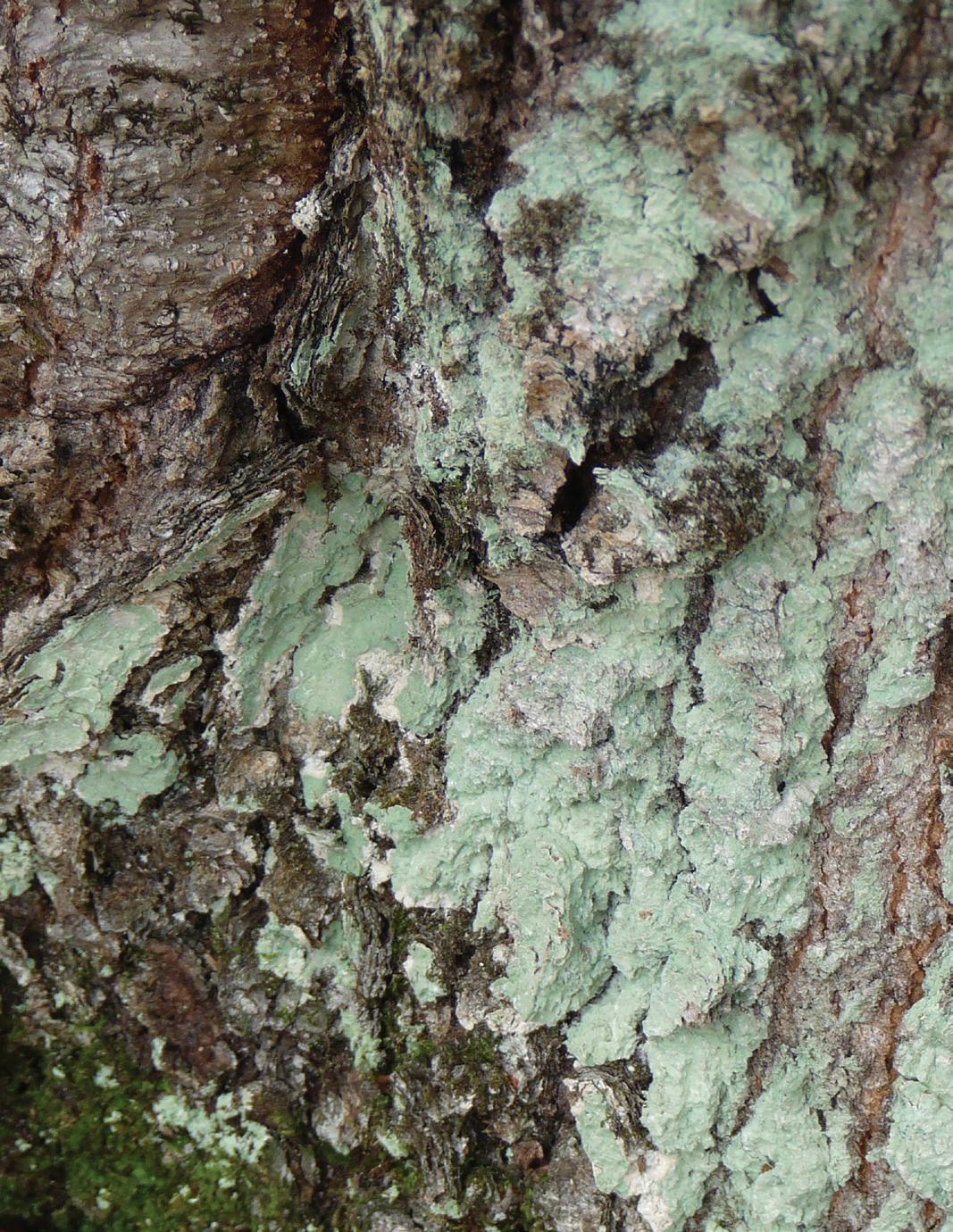
Lichens are divided into three subgroups, based on differences in growth form. Crustose lichens often bring to mind paint or powder sprayed on a tree or rock. Foliose lichens look somewhat like leaves and often have cuplike fruiting bodies that produce spores. Fruticose lichens resemble shrubby growths, which stand upright or hang from branches.
It’s often difficult to identify lichens to the species level. You may have to be satisfied by just recognizing the genus (the first word in the scientific name) or the group (e.g. shield lichens). We recommend purchasing Lichens of the North Woods by Joe Walewski. This wonderful field guide organizes lichens by substrate (ground, rock and tree), then within each substrate group by growth form (crustose, foliose and fruticose).
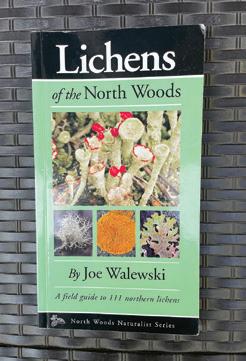
• On tree bark, the most obvious species are usually the foliose shield lichens like Common Greenshield (Flavoparmelia caperata). It has pale-green lobes with a black lower surface and resembles a thin, flat, leafy circle. A crustose species to look for is Dust Lichen (Lepraria lobificans). It is yellowish-green to pale mint in colour and resembles paint or dust on the bark. As for fruticose lichens, Bristly Beard (Usnea hirta) is very common on the branches of birch and conifers like fir and spruce. It has yellowish-green, densely branched, erect stems.
• On rocks, watch for different rock tripes (Umbilicaria species), which are foliose lichens. They look like dark, leathery lettuce leaves. Cinder Lichen (Aspicilia cinera) is a common crustose species. It has an ashy-gray, cracked surface with multiple black spots.
• On ground substrate, you may come across the easily-identifiable British Soldiers (Cladonia cristatella). With greenish-grey stalks and bright red caps, this fruticose species is named for its resemblance to the uniforms worn by English soldiers during the Revolutionary War. Trumpet Lichen (Cladonia fimbriata) often grows alongside British Soldiers and has a trumpet or golf tee shape. Reindeer lichens (Cladina species) also grow on the ground and belong to the fruticose group. They resemble tiny white, grey or greenish shrubs or coral with numerous branches. Carpets of Cladina can cover huge areas. A common foliose genus, the pelt lichens (Peltigera) have semi-erect, grey green to brownish lobes and superficially resemble rock tripe.
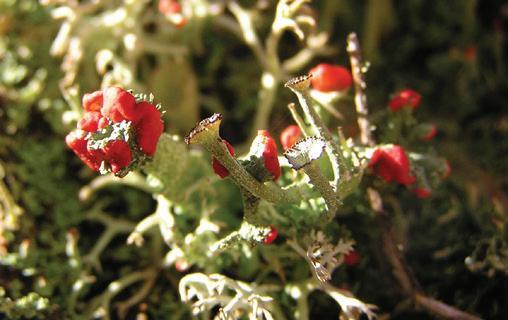
• A good 10x hand lens will help you fully appreciate a lichen’s beauty like the colour contrast between the green stalks and red tips of British Soldiers.
• Photographing lichens is lots of fun. All you need is your phone. An iNaturalist photo guide for getting the best photos possible can be found at tinyurl.com/52ncea56.
• In addition to the Walewski guide, use the free iNaturalist app to help with identification and to record and share your observations. You can also go to the iNaturalist Explore page at inaturalist.org to check if a given species has already been observed in your area. Challenge yourself to see how many species (or genera) you can find at your home or cottage.
• Sometimes just by isolating and framing a small part of the natural world, you’ll see it in a whole new way. Draw a 6 x 6 inch frame—or several— with a 1 inch border on a piece of cardboard. Colour it if you wish, then cut it out with a utility knife. You can set the frame on a lichen-covered rock, attach it using tacks to highlight a lichen on a tree trunk, or clip it to twigs with clothespins to frame a hanging lichen. Share with others.
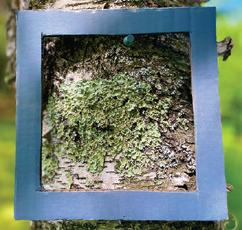
• You’ll find a host of videos on YouTube that explain how to make natural dyes with lichens. Check out “How to Dye with the Usnea Lichen”. Also known as beard lichens, they are most common on spruce in coniferous forests.

How many of the following can you spot? Take a photo of each or bring a few home to display.
a “powdery” crustose lichen
a “leafy” foliose lichen
a “bushy” fruticose lichen
a lichen on a rock
_ a lichen on a cliffside
_ a lichen on the ground
_ a lichen on a tree trunk
a lichen hanging from a branch
a lichen on a stump or log
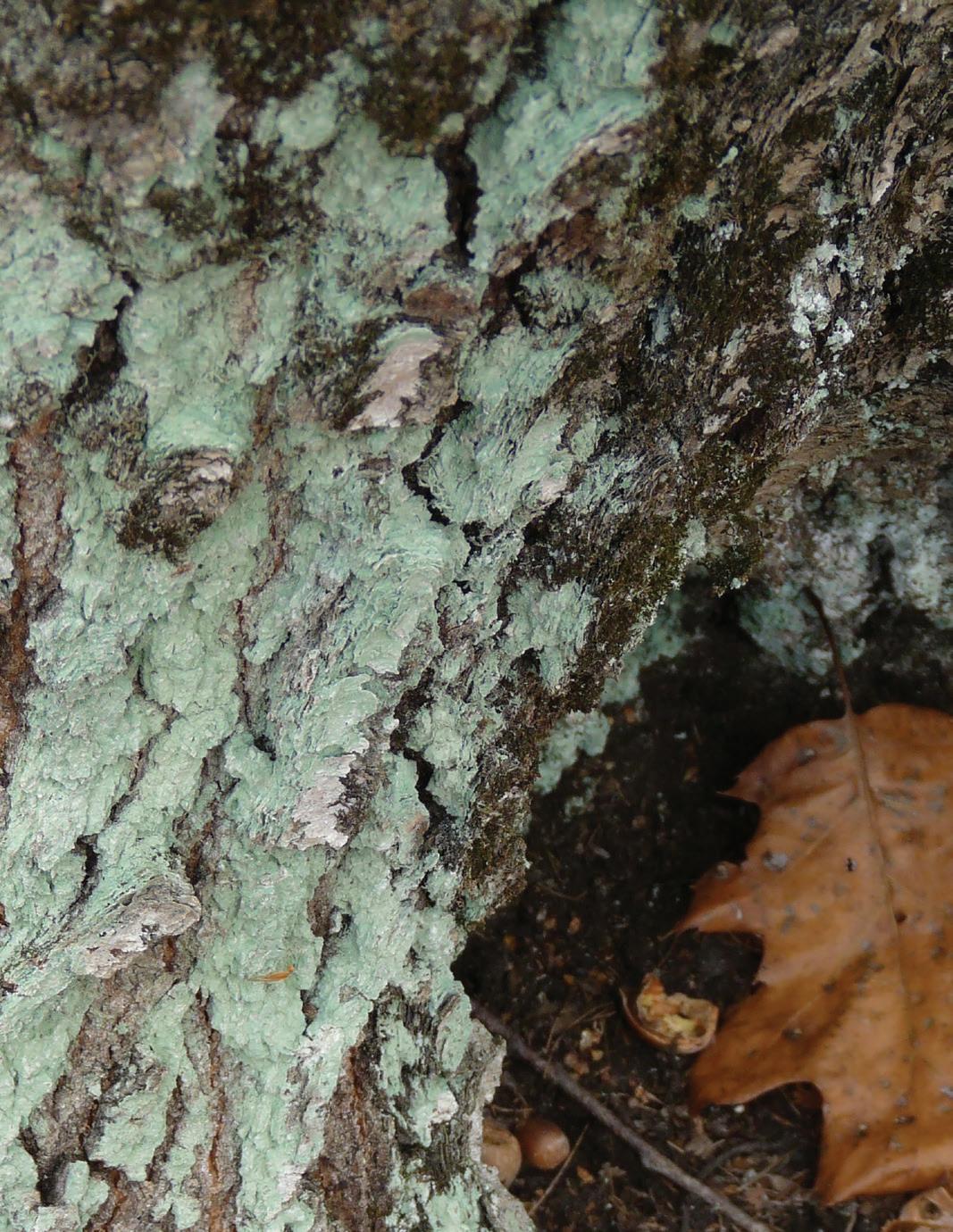
a lichen on something human-made five different colours of lichens
three or more kinds side by side
a cup or trumpet shaped lichen
How many different species can you find?
_ ___ ___ _
Minutes from Winnipeg River Marina, 2.8 acres in size and boasting 2651 ft of shoreline. Island features 2 coves, multiple points, low profile, beautiful sunrises and sunsets. There is a main cottage and a self-sufficient guest cabin.
$389,000
Carmichael Real Estate Inc.
807-466-2236 / lakeofthewoods.net
Sioux
5-acre island with cabin and nice sand beach, mainland parking nearby. Photos, video and more info on our website

$399,000
Northwoods Realty 807-226-1024 / northwoodsrealtyltd.com
South-facing home on Cliff Lake features 2 garages and a dock. 3 bedrooms, living spaces, and bathroom on the main level, with 2 more bedrooms and rec room on the lower level.
$525,000
Century 21 Northern Choice Realty Ltd.
Independently Owned & Operated – Brokerage 807-468-3747 / century21kenora.com
Whether you're looking for a peaceful retreat or a place to entertain friends and family, this 2 acre private island, located only 30 min from Kenora, is the perfect getaway!
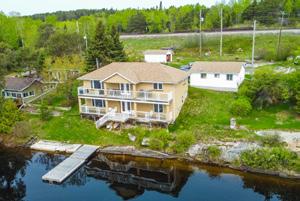
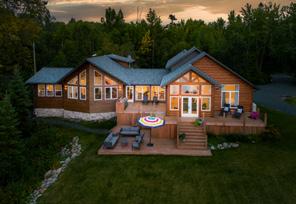




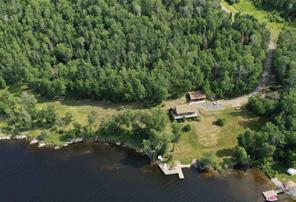
$699,000
RE/MAX NorthWest Realty Brokerage
807-468-4573 / remaxnorthwestrealty.com
325
NEW PRICE! Fully rented/leased 2-storey commercial building currently setup as 5 apartments and 2 street level commercial spaces. In downtown Kenora with back lane access & parking for 10, plus ~10,000 s/f useable basement.

$1,550,000 + applic. HST
Shelley Torrie Home & Cottage Realty 807-547-4020 / kenora-realestate.com
This stunning property boasts over 20 acres of prime land on the beautiful Black Sturgeon Lake, with over 750 feet of shoreline. It's one of the last remaining large acreages on Black Sturgeon.
$849,000
RE/MAX NorthWest Realty Brokerage
807-468-4573 / remaxnorthwestrealty.com
This custom-built home features 3 bedrooms, an oversized kitchen, formal dining room and offers stunning views of Darlington Bay.
$899,000
Cabin Country Realty 807-468-3541 / cabincountry.com
Sugar Bay is a 8.57-acre estate with 583 feet of rock and sand shoreline. Located 13-kms west of Kenora, Ontario on Clearwater Bay, Lake of the Woods.
$2,100,000
Greg Kirby, Re/Max First Choice Realty Ltd 807-466-8266 / gregkirby.ca
Everything about this lakefront home feels clean, fresh and contemporary. The search for the complete package will be over for one lucky buyer!
$2,150,000
Cabin Country Realty 807-468-3541 / cabincountry.com
NEW Private Island, Wpg River 2308 Coker Road 25A Peterson Drive – File 4590 23 Hawk Lake Sugar Bay Private Island 13B Kenricia Road – File 4569 Second Street South NarrowsEmail membership@lowdsa.com or mail LOWDSA, Box 1160, Kenora, ON P9N 3X7
Next submission deadline: October 7, 2023
Please try to keep your listing to 35 words or less.
Road Access Clearwater Bay Cottage. Steps away from the lake, recently updated 4-bedroom, two-bathroom cottage, including master ensuite. Lakefront cottage with southern exposure, beautiful screened veranda, east and west facing docks, with dock slip available. Wifi, full kitchen, woodstove, and BBQ. Minutes from liquor and convenience store. $3000 per week. For more information email burmaroadrental@gmail.com
2 bedroom 1.5 bath cabin. In the Welcome Channel Area, (boat access only.) Prefer monthly rentals, currently available July, August and September. Fully furnished, completely equipped and ready to go. Sleeps 6, hide a bed in the family room. Boathouse and plenty of boat parking. Just bring your clothes and fishing gear. Contact Nancy for details and appointment to view or pictures of property. Text or call 807 407 3001 Quiet Cozy Get Away on Island Property. Cozy 2 bedroom cottage on Shragges Island, Lake of the Woods. This property is lake access only so guests will need their own transportation. Enjoy a private dock with boat parking for two boats and sauna, lots of treed privacy, a big deck looking out on protected Quiet Bay. Bedroom 1 has a double/single bunkbed. Bedroom two is a loft with a Queen Bed. There is a screen room for eating outdoors bug free, an outdoor BBQ, indoor kitchen and bathroom. We rent Friday to Friday in the summer for $1350 a week. $1500 over long weekends. $800 for 3 days is also available upon request. This rental is suitable for 2 couples or a family of 5 people maximum. We ask for no parties or pets. Please contact Karla at 8074644088 to secure your week this summer.
Island rental near Kenora. A modern two-bedroom with a sunroom that could be a third bedroom also has a pull-out sofa in the living room. It also comes with a one-room guest cottage. Comes with satellite TV, good cell service also BBQ on a large deck. It also includes 2 kayaks and a canoe. must have own boat or boat rental, and also comes with a parking spot in Kenora. Available for one week during the first three weeks of July or the last 3 weeks of August. Composting toilet knowledge would be helpful. $1350/ wk. Ph. 204 888-4839
Lakefront - Clearwater Bay. South exposure; road access; spacious docks for swimming, fishing & boating. Large great room, kitchen & dining areas with spectacular lake view. 3 bedrooms; master with ensuite. Full second bathroom— shower & bath. Den with fireplace, satellite TV & pullout sofa. Dishwasher, microwave, washer & dryer. Large deck & BBQ. Minutes from the liquor store, gas & groceries. 1-2 week stays, June-Sept $4000/w. Contact dougpeever1955@ gmail.com for booking details.
LOW Storm Bay Rd 9. Large house with 9 bdrms, hot tub, multi level decks, granite kitchen, boathouse, sauna, WiFi, fireplace, washer & dryer, dishwasher. Kayak & boat are a possibility. $2500$7000 weekly. Discounts available in the fall. mail@markmcgregor.ch
Island rental Storm Bay Rd. near the rollers. 2 log homes, new mattresses, 1 king, 1 king, a double and a single. 2 kayaks & a boat can be included. $200-$375 per night. kaitlyn.mcgregor@gmail.com
Brule Point lakefront 3 bdrm cabin, LOW. Fantastic fishing area, quiet bay, two docking facilities with plug, private beach, fully stocked including freezer, large deck. Cabin sleeps 5, single bathroom/shower. Boat access only. 2022 rate $1330/week. Contact donna@taketwoinc.com
Exceptional location on Coney Island. Minutes from Kenora / Keewatin with western exposure. Newer, open concept cottage with 4 large bdrms and three bathrooms. Separate master suite with bathroom and private deck. Amenities include a full kitchen with all appliances, dishwasher, microwave, washer/ dryer, large island, separate dining area, wood burning fireplace and satellite TV. Screened porch with large wrap around decks overlook the lake, outdoor shower and built-in gas barbecue. Waters edge has a large main dock with two floaters that provide deep water docking and great swimming. Minimum 2 week stay. Email inquiries to bill.ralph@shaw.ca
Lakefront on Trout Lake. 20km north of Kenora. 2 or 3 bdrm cabin available for rent weekends or weekly May-June.
Full kitchen & bathrm, TV/DVD, BBQ. Comes with canoe, kayaks & 12 ft. alum. boat. Deck off front of cabin; private deck at water’s edge; your own sand beach. Spring fed lake with crystal clear water. troutlake596@gmail.com
Lakefront Cottage on Lake of the Woods. Storm Bay Rd, road access. Includes 3 bedrooms, full kitchen, bath and laundry. 2 acres, private bay, sandy beach, floating dock and good fishing! Available June, July, August. $2,500/ week. Text 204-951-5812.
Lakefront Cottage, near Welcome Channel. South exposure, water access. 5 miles from Kenora by boat. Private dock, hydro, Starlink internet, TV & DVD player, full kitchen w/ dishwasher & 3 pc. bathroom, additional outdoor shower, washer & dryer, bbq, screened porch, 2 bedrooms. Available Jun–Sep. Seasonal rental $15,000. Contact: lowcottage@ hotmail.com.
Rustic 1000 square foot cabin on Zigzag Island (Clearwater Bay). 5-minute boat ride from Rockeries Marina. A boat rental could be available. Amazing fishing nearby. Satellite TV, great cellular coverage, bbq, kayaks, fire pit, and much more. Prefer a couple or former cottage owners. Knowledge of a composting toilet is essential. 1300$ per week. 204-688-7347.
Lakefront cottage, Sioux Narrows. 2 BR main cottage includes 2 baths, large great room, full kitchen with dishwasher, dining room with French doors, wet bar, laundry, BBQ, internet/tv, private docking & swim dock. Also included is guest cottage with full bath. Located on Snake Bay, beautiful water views on 3 sides. Minutes from store, gas, groceries. $2500/week- 2 week minimum. Price negotiable for longer term or seasonal renter. Contact laurel.whitla@gmail.com or (204) 298-5527.
Lakefront Cottage for Rent - Locke Bay. Road access 15 minutes North West of Kenora. Built in 2017 with 2 bedrooms and 1 bathroom. South exposure with private dock. Fully furnished. Includes Satellite TV, Internet, A/C, BBQ and fire pit. Would prefer a seasonal rental MaySeptember $22,000 or $2000 week (2 week minimum). Please email kenoracottage@ hotmail.com for more info.
Private sale. 2 new road access lakefront lots on lake of the woods - Pine Portage Bay area, access via Storm Bay Road. Each lot has 200 feet of frontage, 2.6 acres and 2.42 acres, west exposure, heavily treed, very private gated-road access, hydro and telephone, unrestricted deeded access, legal title to each lot. Contact e-mail: peterzaj@mymts.net.
Rush Bay road access, three bedroom two bath cottage. On one acre, one mile from landing. Bunkhouse, double boathouse with rooftop patio, tool shed, floating docks, front, back decks. Info at rushbay2@gmail.com.
Minaki Island Retreat. 4 BR, large wrap around screen porch, BBQ deck, upper deck off upstairs BR. Boathouse with spacious deck & swimming dock. S. half (1.12 acres) of island property, S, E, W exposures. Wood burning stove/glass front, baseboard heat, shower, hydro, phone, sat. TV, washer/dryer, composting toilet. 1975 sq. ft. 2 levels. Furnished, move in ready. 7 mins to Minaki marinas. Txt/call 651-2002217, 651-274-7278.
Golf Course Bay, Lake of the Woods. For sale by original owner, 3200 sq. ft. 2 story A/C home, 2.5 stall garage with heated workshop, on 2 lots with sand beach, dock, covered boat lift, municipal water & sewer, natural gas heat, paved driveway, many other features. Phone (807) 468-8770.
Part-Time, General Labourer. For help around the cottage and land, possibly 3 days a week. Location: Northern Harbour area at the end of Storm Bay Road. Contact E-mail: peterzaj@mymts.net.
Water Line and Pump System. Rona Franklin Electric submersible water pump, Well Rite flexcon pressure tank and pressure switch, 280' of 1" water line with electrical cable attached. Perfect for lake front cottage. $700.00. Please text David at 204-479-3146.
Sun Mar Excel Electric Compost Toilet. Used in an outhouse. Works great. $900. Text 204-770-7927.
32' medium duty self supporting tower. Wade antenna model DMHD 32N. Concrete base, 2 rotor plates and mast. Was used for internet dish. 3 years old. Comes apart into 8' sections. $600.00. Text 204-770-7927.
10x10 old log shed. 14" overhang. The bottom has some rot but if someone is interested in dismantling and moving it to a new foundation it would be a very cool garden shed or playhouse for kids. We'd just love to see it repurposed as it is pretty cool. Dismantling/PU at Trinity Bay (boat access only) Email mridgen@aptn.ca.
Boat Rail System, Morson area. Approx. 100 ft. long with carriage for 17’ to 20’ boat (more or less) complete with winch system powered by a solar panel with charging system not including battery. Asking $4750. jaslaw1@shaw.ca.
Snow Blower or Garden Tractor. Looking to buy a good condition, used, gas powered 30 inch or larger, with Snow-Thrower attachment and or Blade. Contact: peterzaj@mymts.net
Pre-owned boat trailer. For 17 1/2' Lund aluminum boat with 50 hp tiller motor; prefer 13" tires although not mandatory. Bunk or rollers. Contact 204-782-2808 or email jim.coldwell@mymts.net.
Windsurfer Brand Sailboard with two sails. One sail is much larger than the smaller sail. Both are in great condition. Board could also be used as a paddle board. With center, dagger board in, very stable. Available May long weekend. $500. Call or text 620 363 1122. After May Long: local 807 543 2714.
1984 Tiara 31’ Lake Cruiser - Live aboard. Low-time Twin 350 Crusader engines, all new interior refresh with XM and loads of equipment. This ex-Great Lakes boat is ready to go. Contact at 204-292-3970.
LOVE DOGS? It's A Dog's Life needs foster and forever homes for their rescue dogs. Cottagers can help with short or long term fostering or adopting. Website: adogslife.cc or call 807-467-3647.
All classified ads are posted online at lowdsa.com. Note that they are posted within a couple days of submission and not subject to magazine deadlines.









On a perfect sunny morning in late July, five of us set off on a gunkholing excursion. If you’re not familiar with the term gunkholing, let me explain. To gunkhole refers to meandering by boat in unfamiliar waters that are usually small coves or inlets (gunkholes).
Such exploratory excursions have become part of our summers, and our destinations have varied from Whitefish Bay to Tranquil Channel, from Sunset Channel to Micrometer Bay. We pack a picnic lunch and set out to see places we've never been or haven’t visited for years.
But on this particular day we decided to stay closer to home and explore our lake neighbourhood. We were prompted in this by an interesting presentation given by Rob Richards at The Muse. Rob’s talk focused on the early settlement of Coney Island and we were curious to see firsthand some of the locations he had spoken of.
Our home on Tunnel Island is closest to the eastern end of Coney so we started by rounding Bush Island’s eastern shore and sidling in close to the Coney winter bridge, which is summered there. It was an opportunity to reflect on our excursions to Coney in the winter, crossing the footbridge and taking a variety of trails, some leading to Blueberry Mountain, some to the beach, and some along the back end of some of the summer places. In the 1890s there was some speculation that a permanent bridge would be built between Coney Island and the mainland. For navigational purposes, the idea was abandoned.
We dipped into what I know as Rabbishaw Bay, the weedy bay on the northeastern end of Coney. “Rabbishaw” was the corrupted French name of an early settler who lived on the shores there. Perhaps his last name was Robichaud, but it became Rabbishaw to the locals.
Cruising the shoreline opposite Cameron’s Point and then rounding the southeasterly end of the island brought us to one of the earliest summer resident developments on Lake of the Woods. Coney’s close proximity to the mainland was considered an advantage at a time when folks travelled to their camps by canoe, rowboat or sailboat.
That point was the site of Coney’s first cottage, Erin Castle, built for the Whitla family. Castle was a fitting name for it, for it held the regal stature of a fortress on the hill. It’s no longer there, but many of the original camps built in those early years of lake settlement still stand. Oh, the stories they could tell! We spotted the camp which is the setting for Susan Coyne’s magical memoir Kingfisher Days. It’s next to the former Moir camp which was, before that, the Young camp (Mrs Moir being the daughter of Captain George Young). Captain Young escorted Louis Riel to Regina where Riel was hanged for treason in 1885.

So our gunkholing continued. We caught sight of a bald eagle and its eaglet nesting, a merganser and her little brood, and two adult loons with their two loonlets. We marvelled at the majestic white pines that grace the island. We admired camps and landscaping, lovingly cared for. The variety of boathouse styles was noted, and we pored over the chart when we came to a point or bay of interest.
The inland swamp reminded me of the story of our dad delivering newspapers on Coney Island in the 1930s. He would put his bicycle in a rowboat, row across to the island, hop on his bike and deliver papers to the north side residents, then he would carry his bike through that swamp to get to the camps on the south side.
With each turn of the boat, a memory was evoked or a story was shared. That’s the bay where we took sailing lessons. Wasn’t this the camp of a childhood friend? Remember the Thanksgiving when our sailboat got hung up on the cribs by the sandbar?
We didn’t get all the way around the island before other commitments forced us to head home, but we will finish it one day. So if you see a boat slowing and quietly slipping into your bay, I hope you’ll forgive our curiosity. We’re just gunkholing— exploring our neighbourhood, enjoying time on the lake—and telling some wonderful stories!
I hope you’ll make some time to do the same. an




